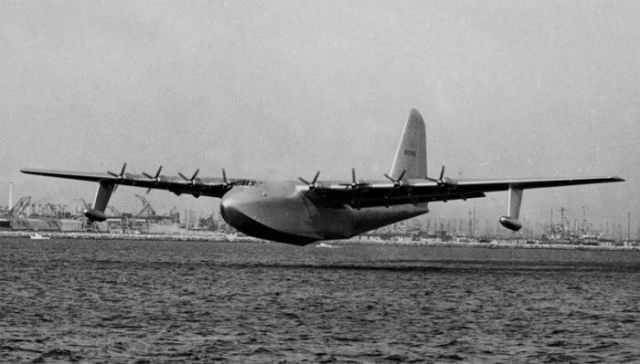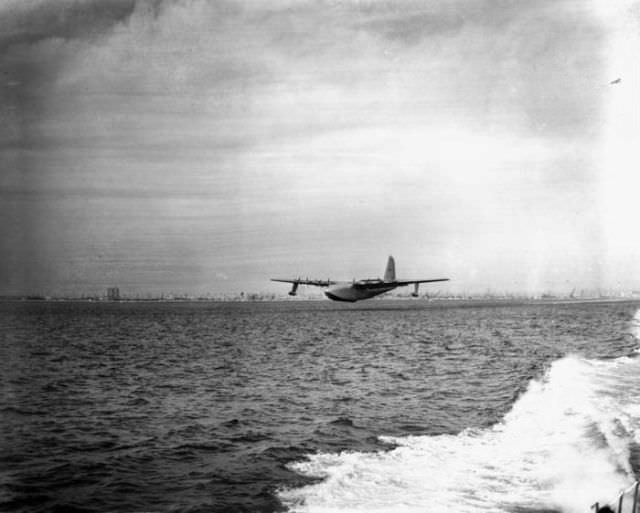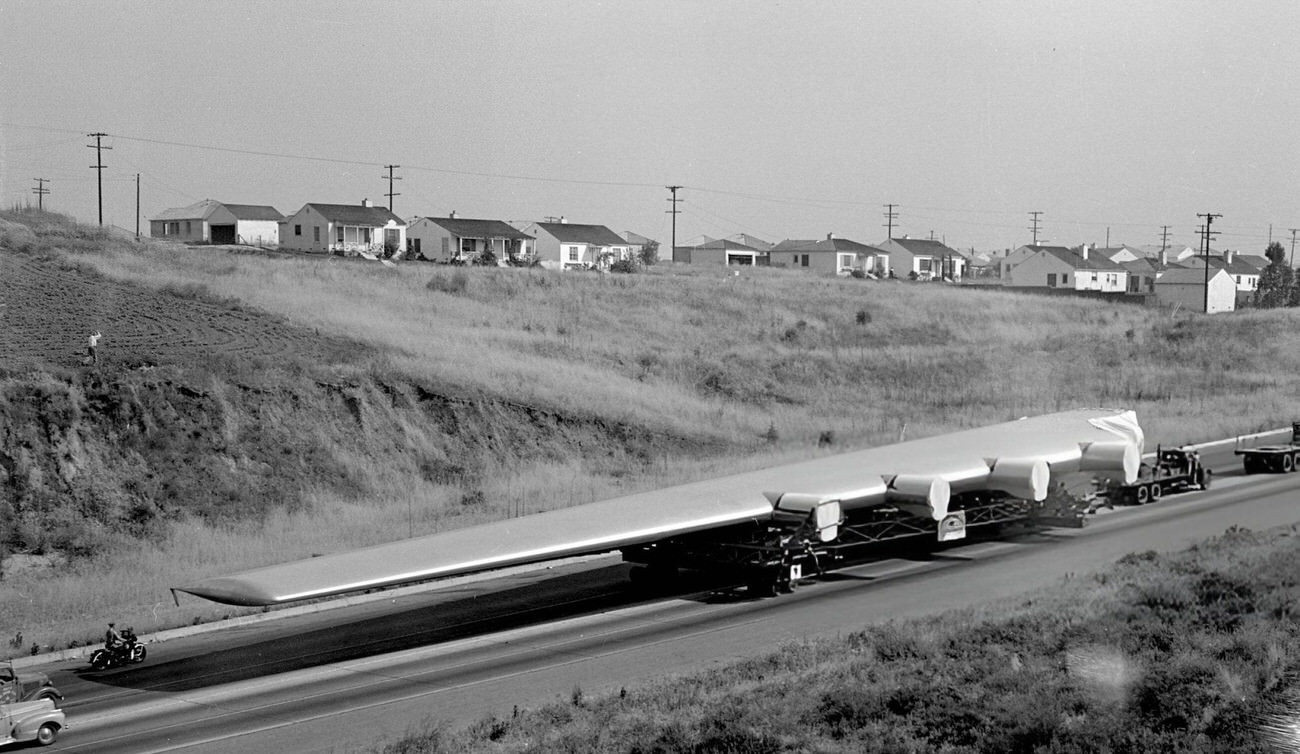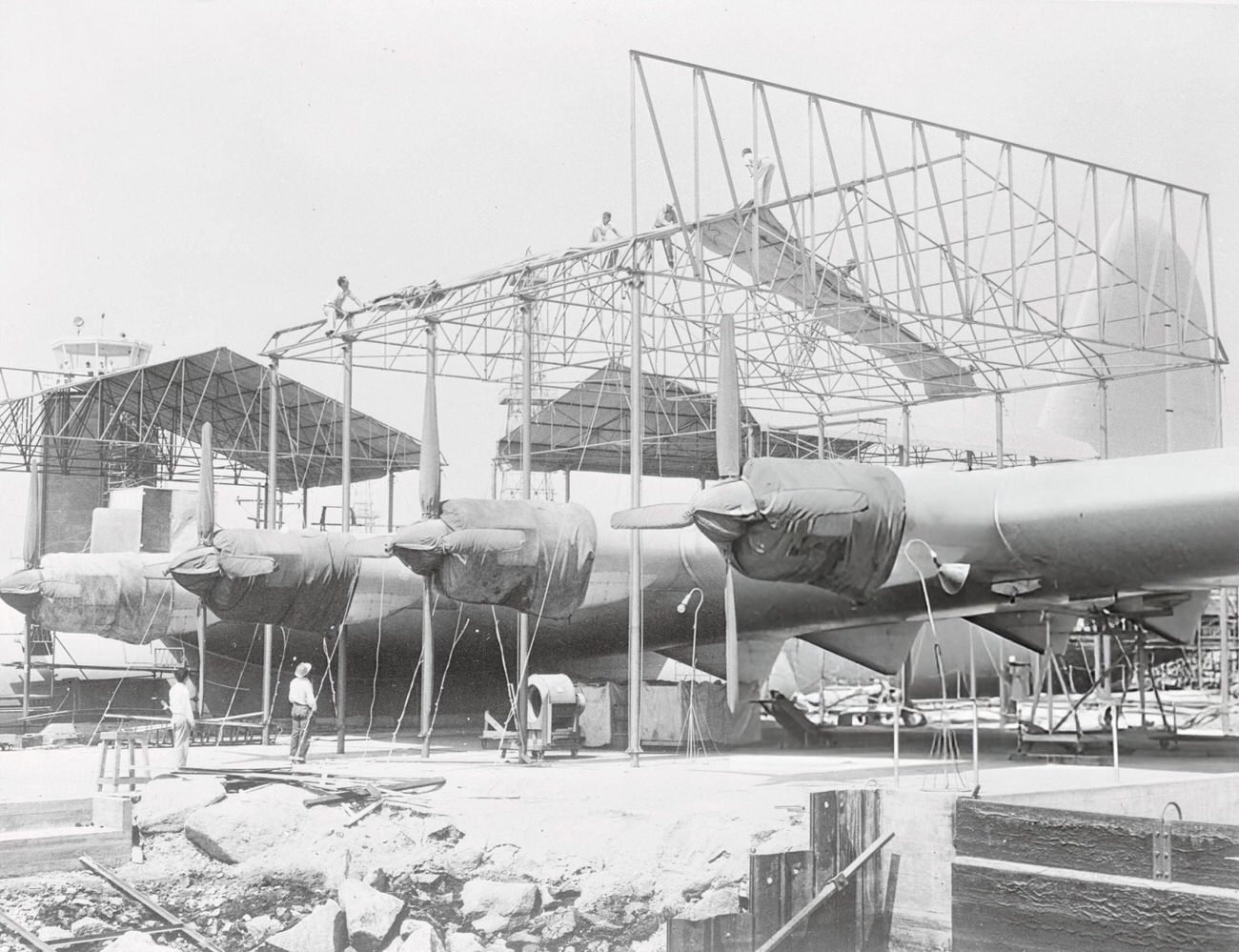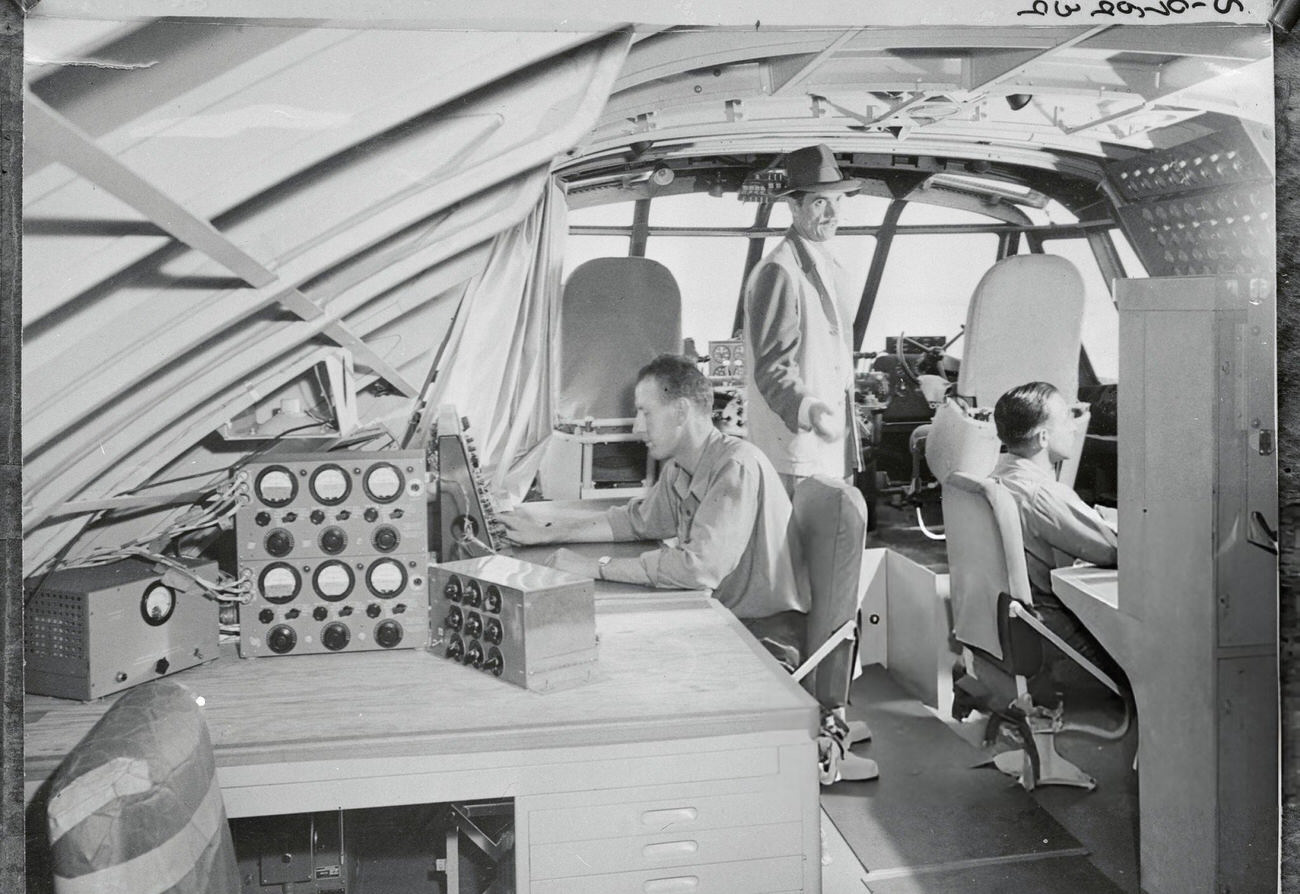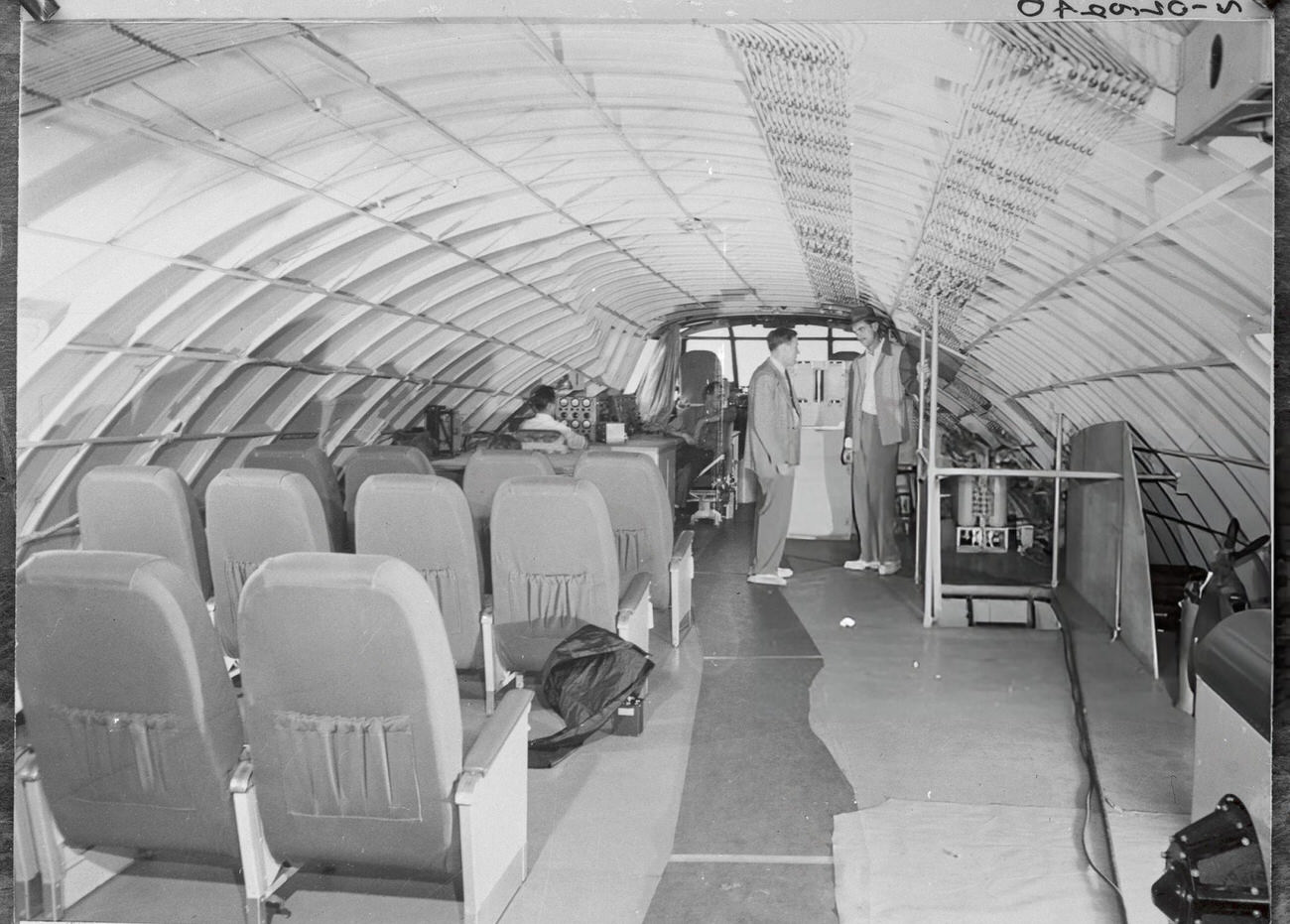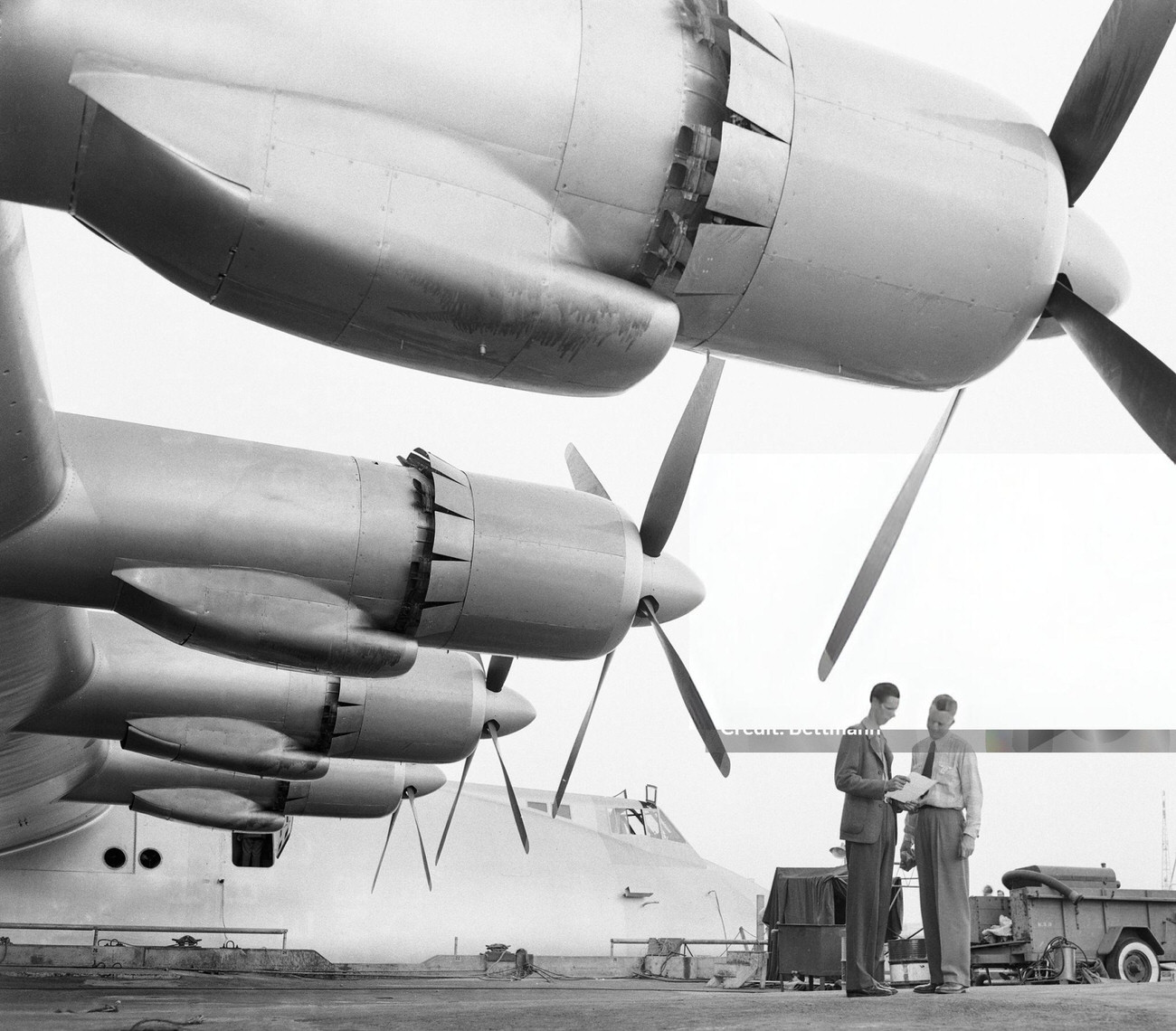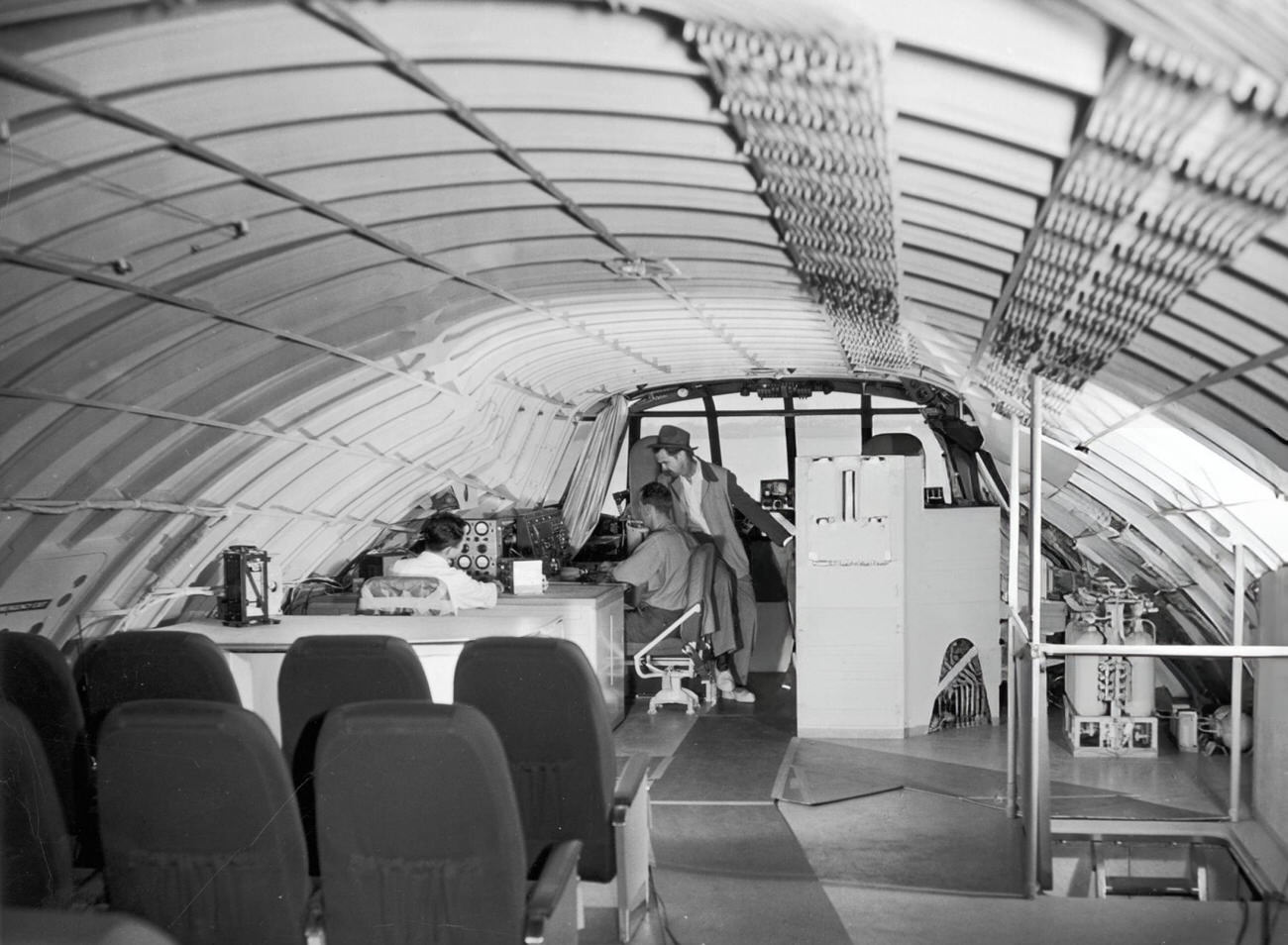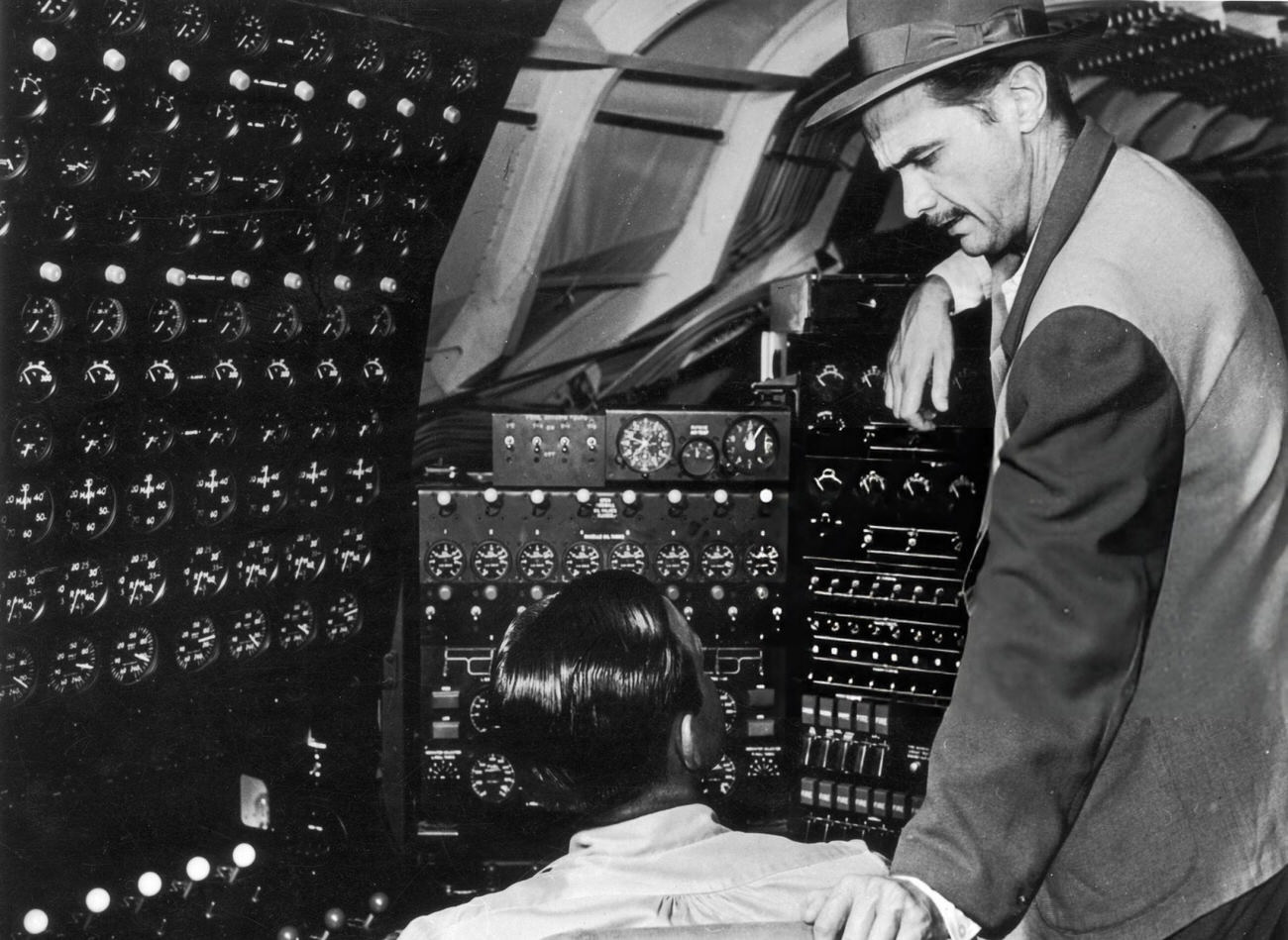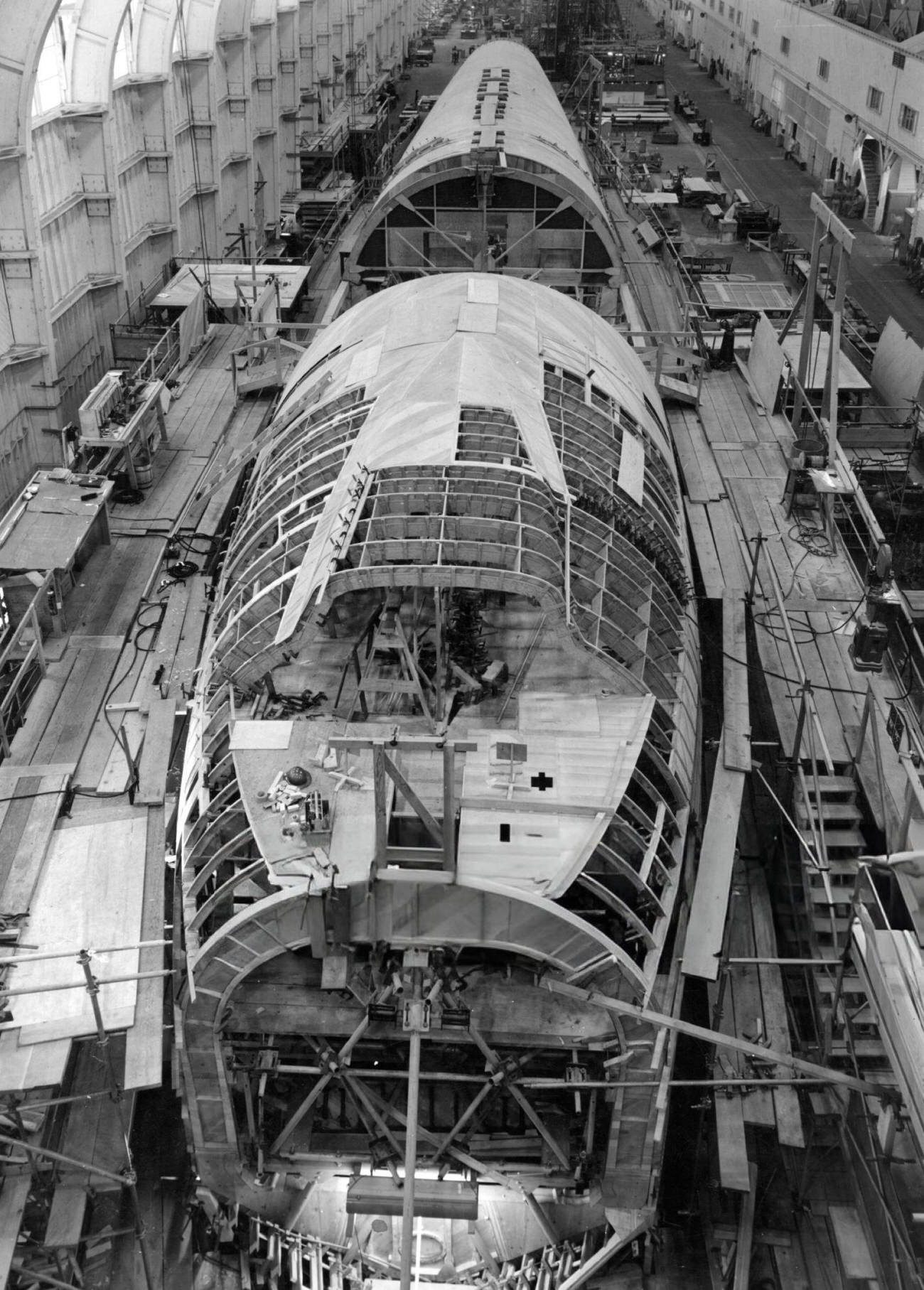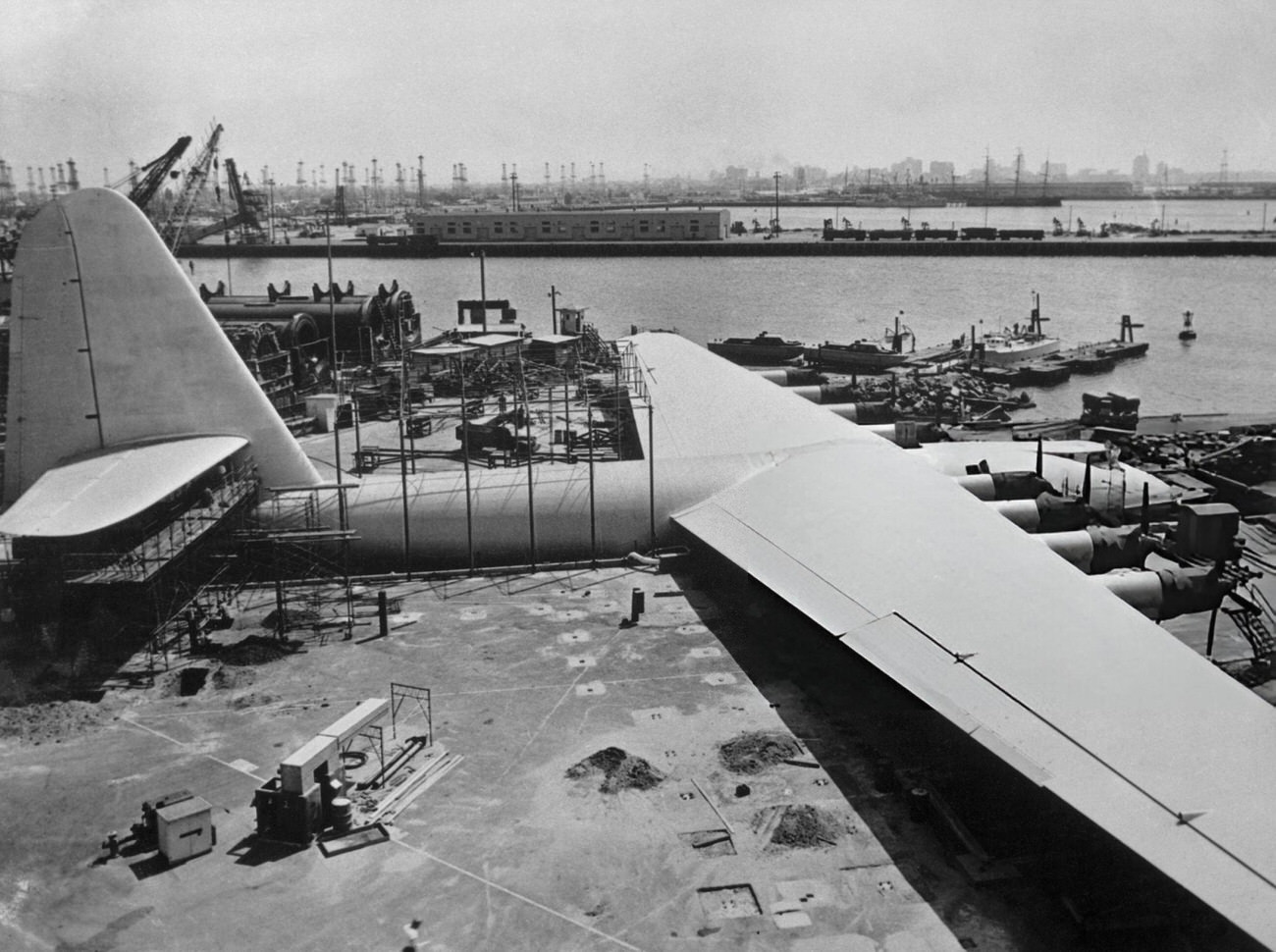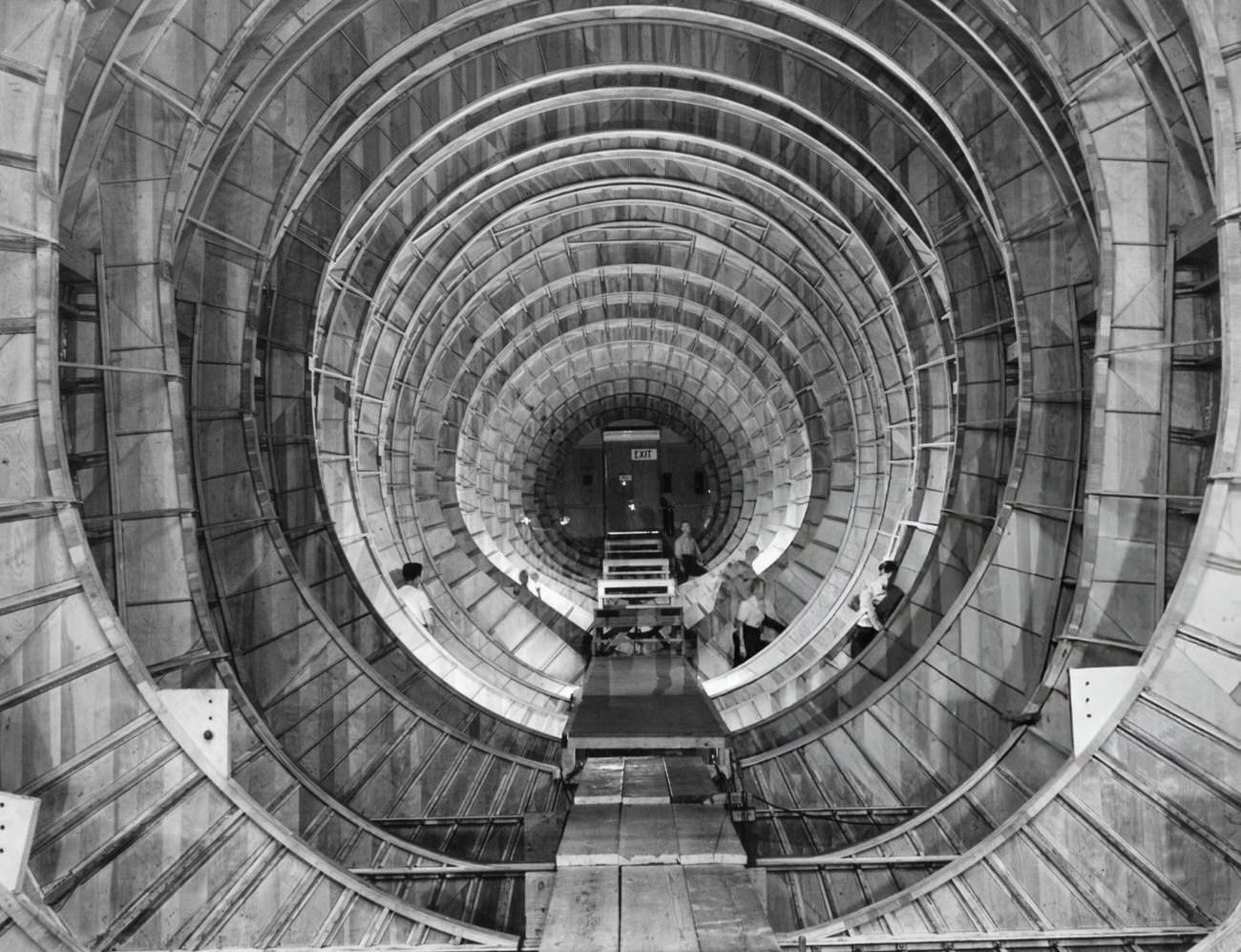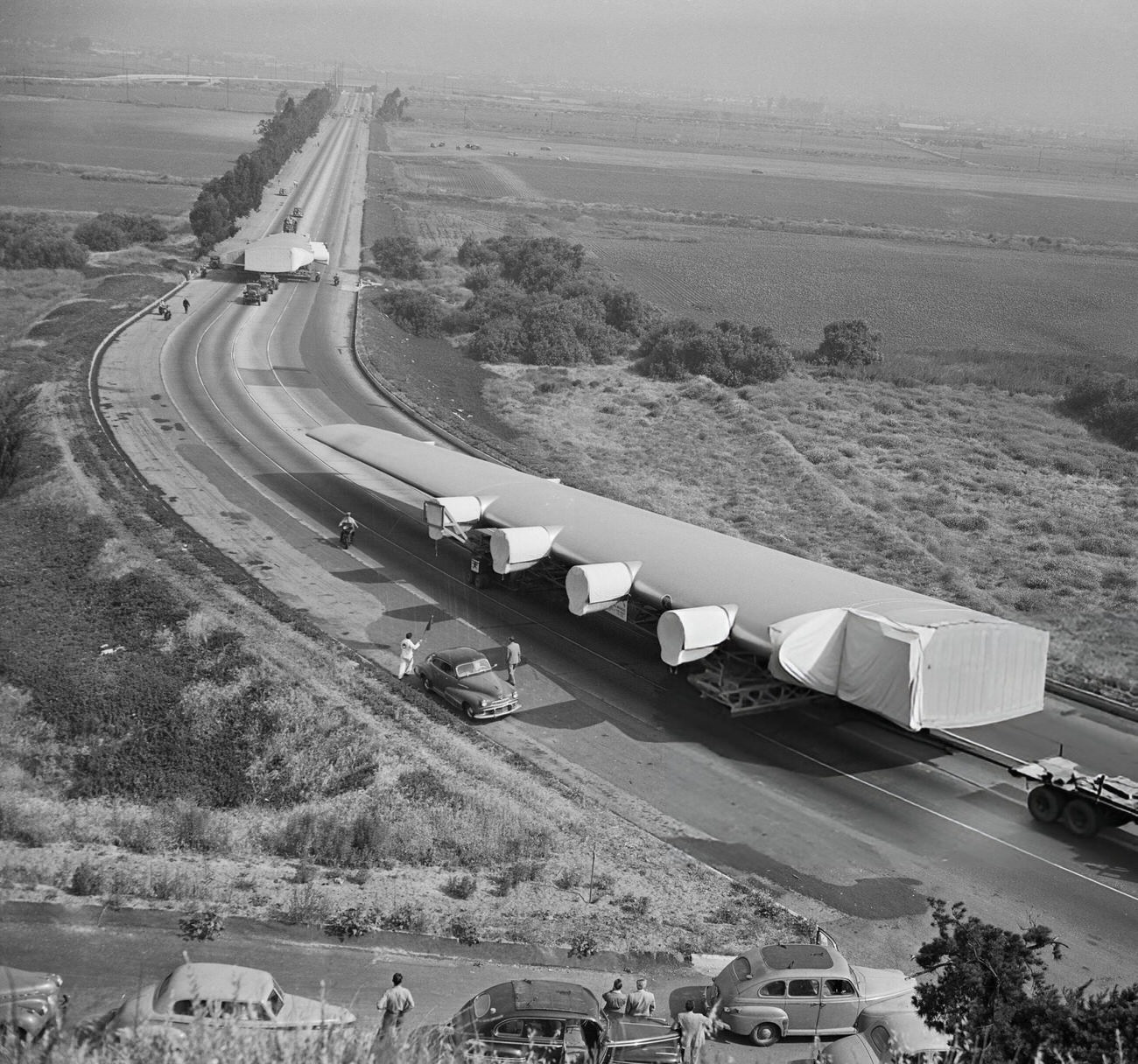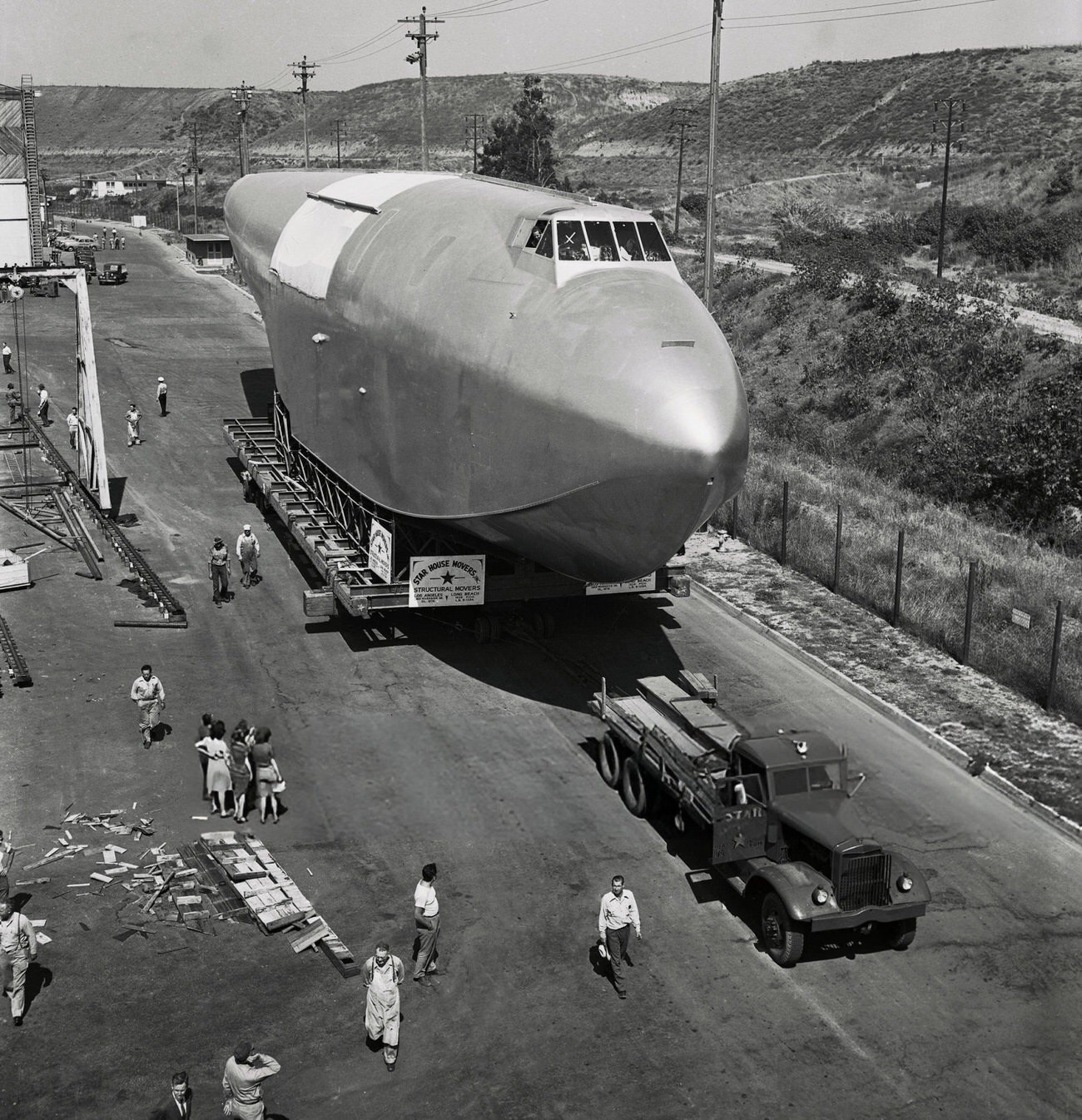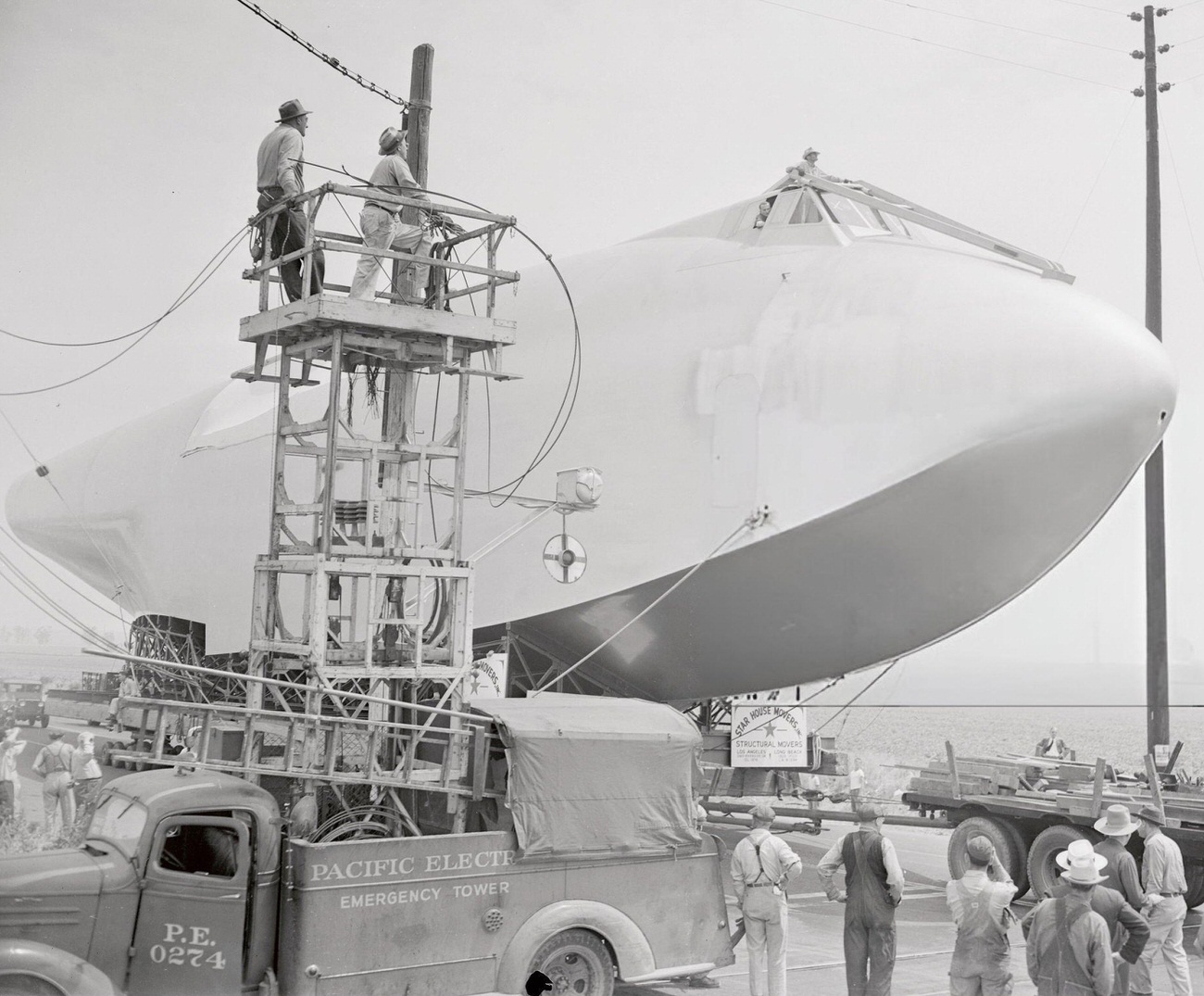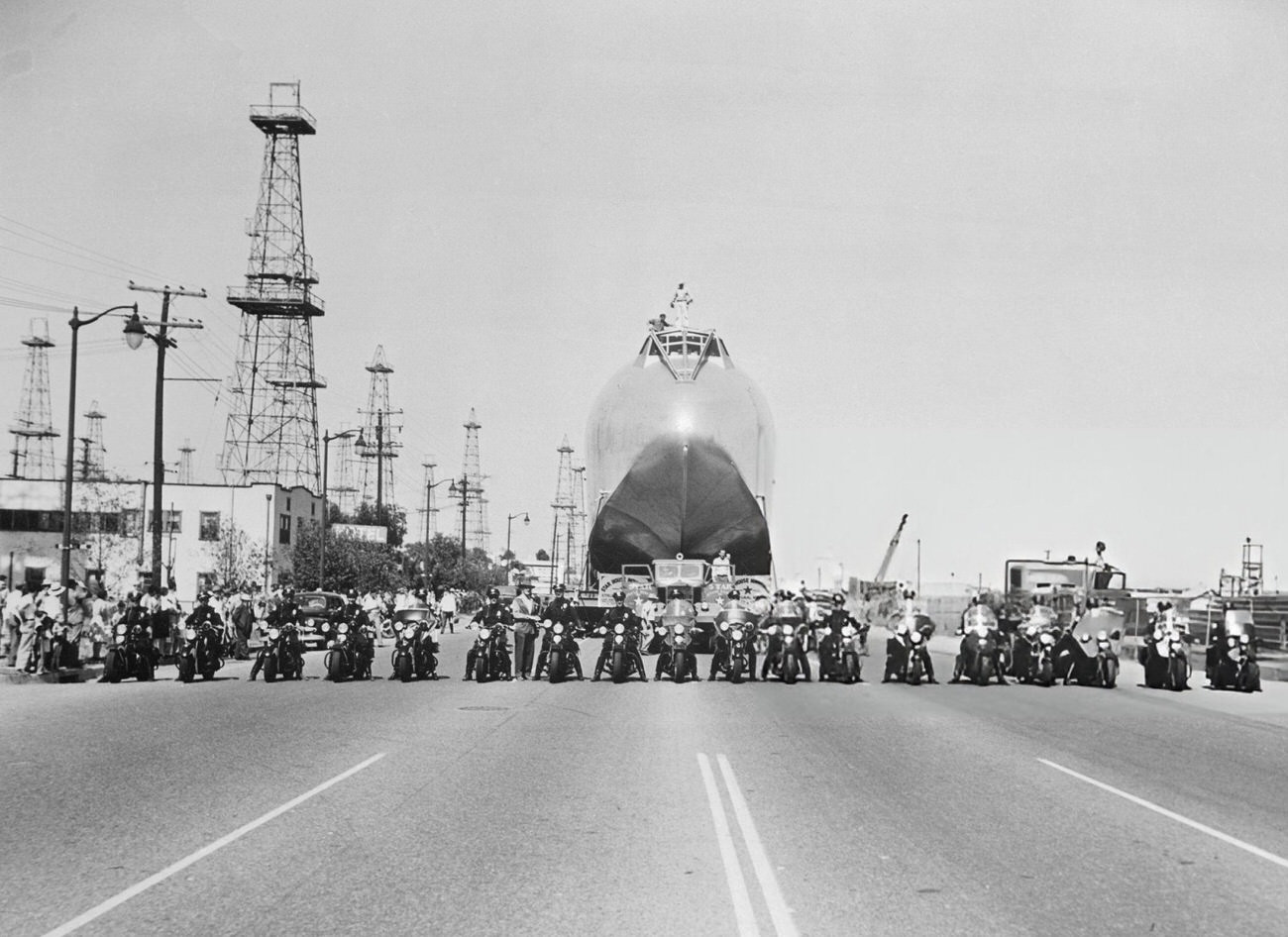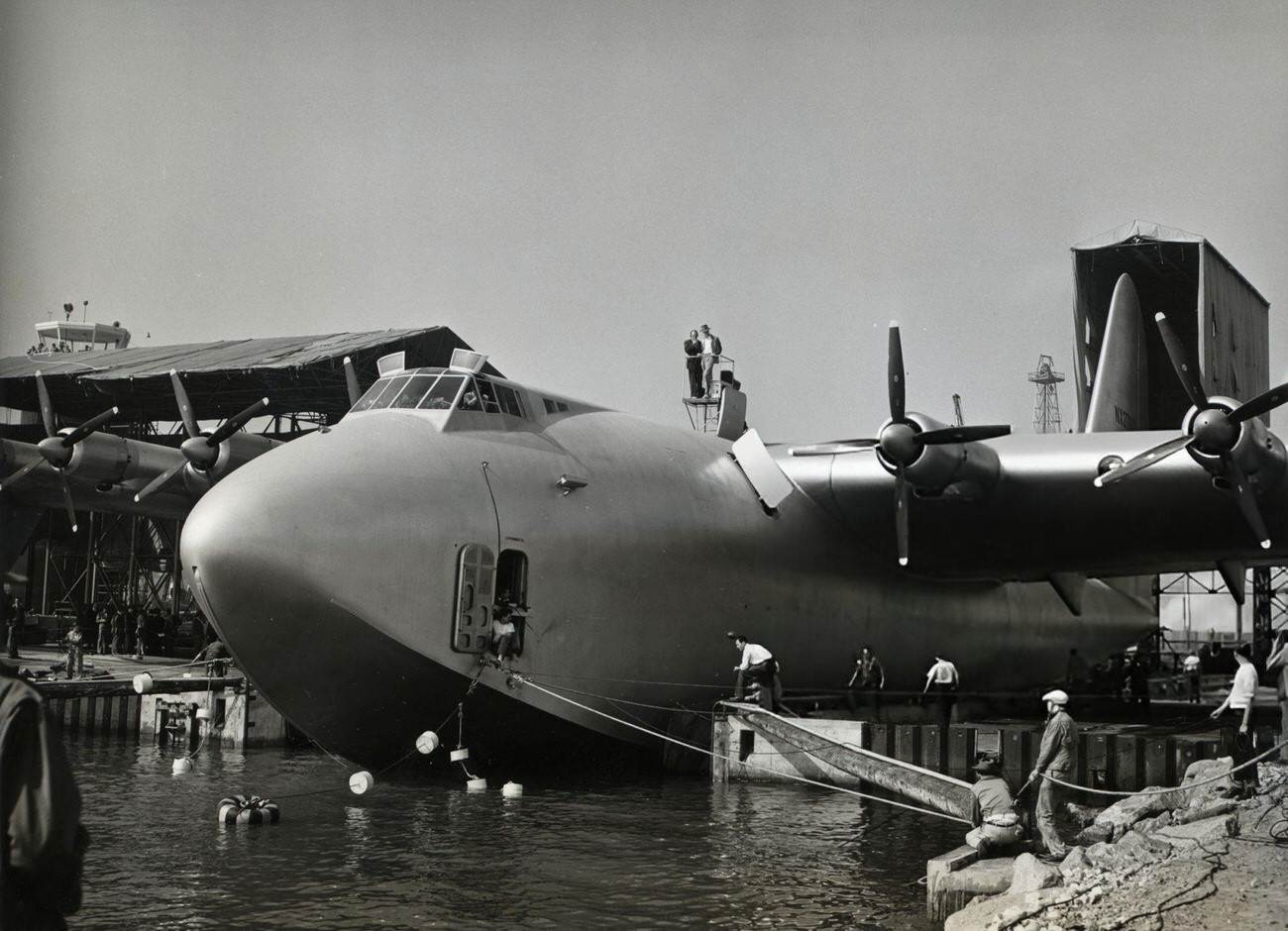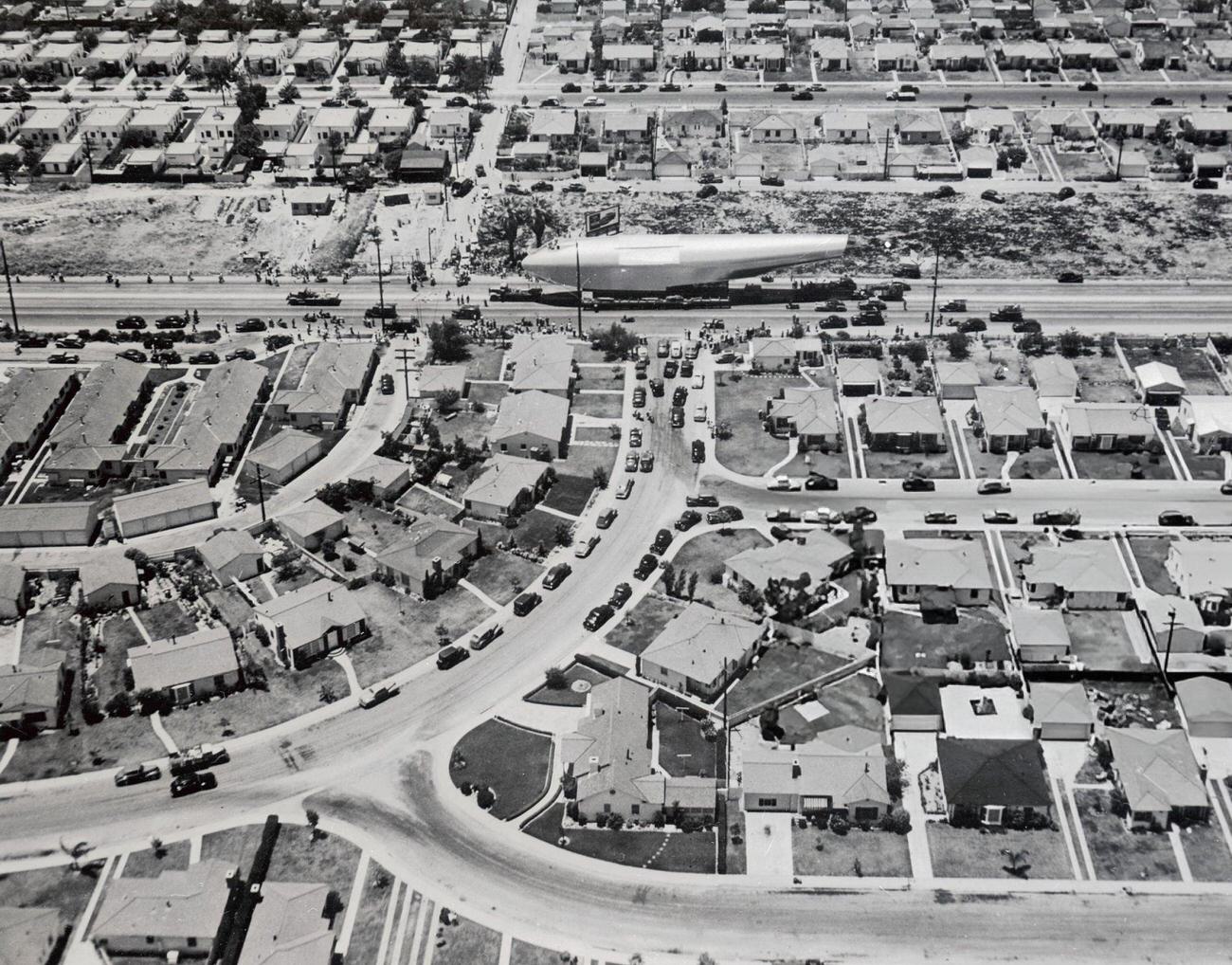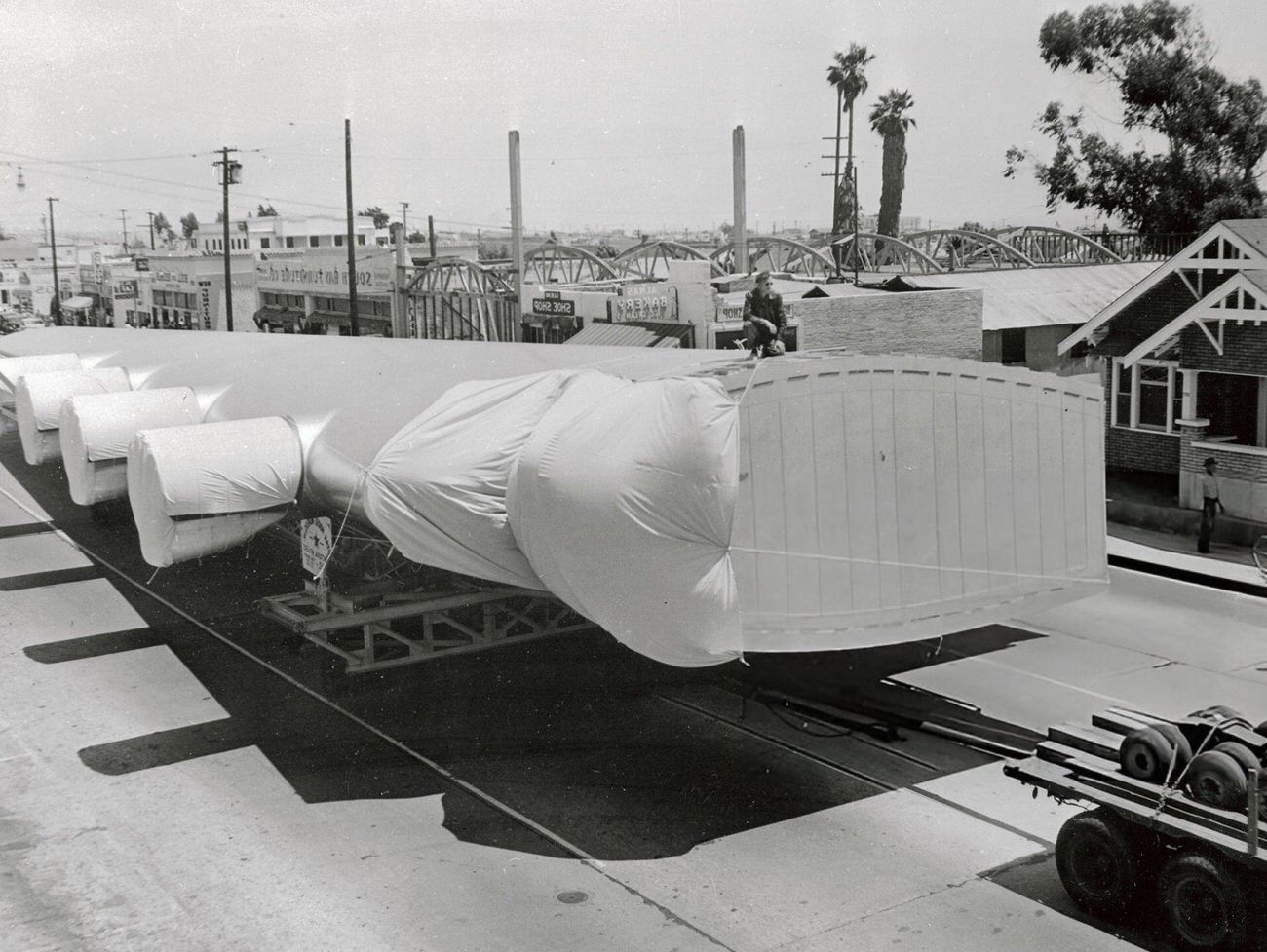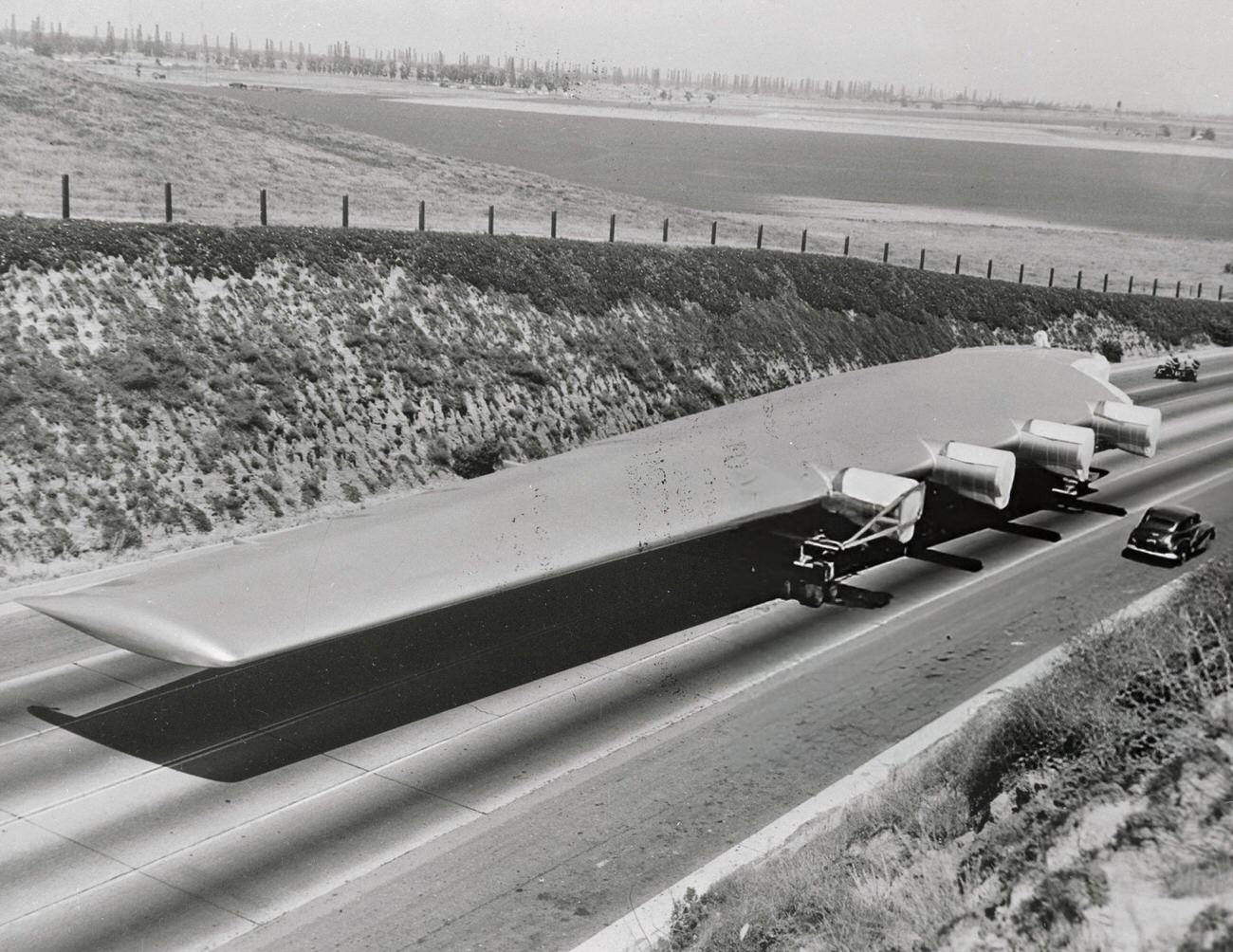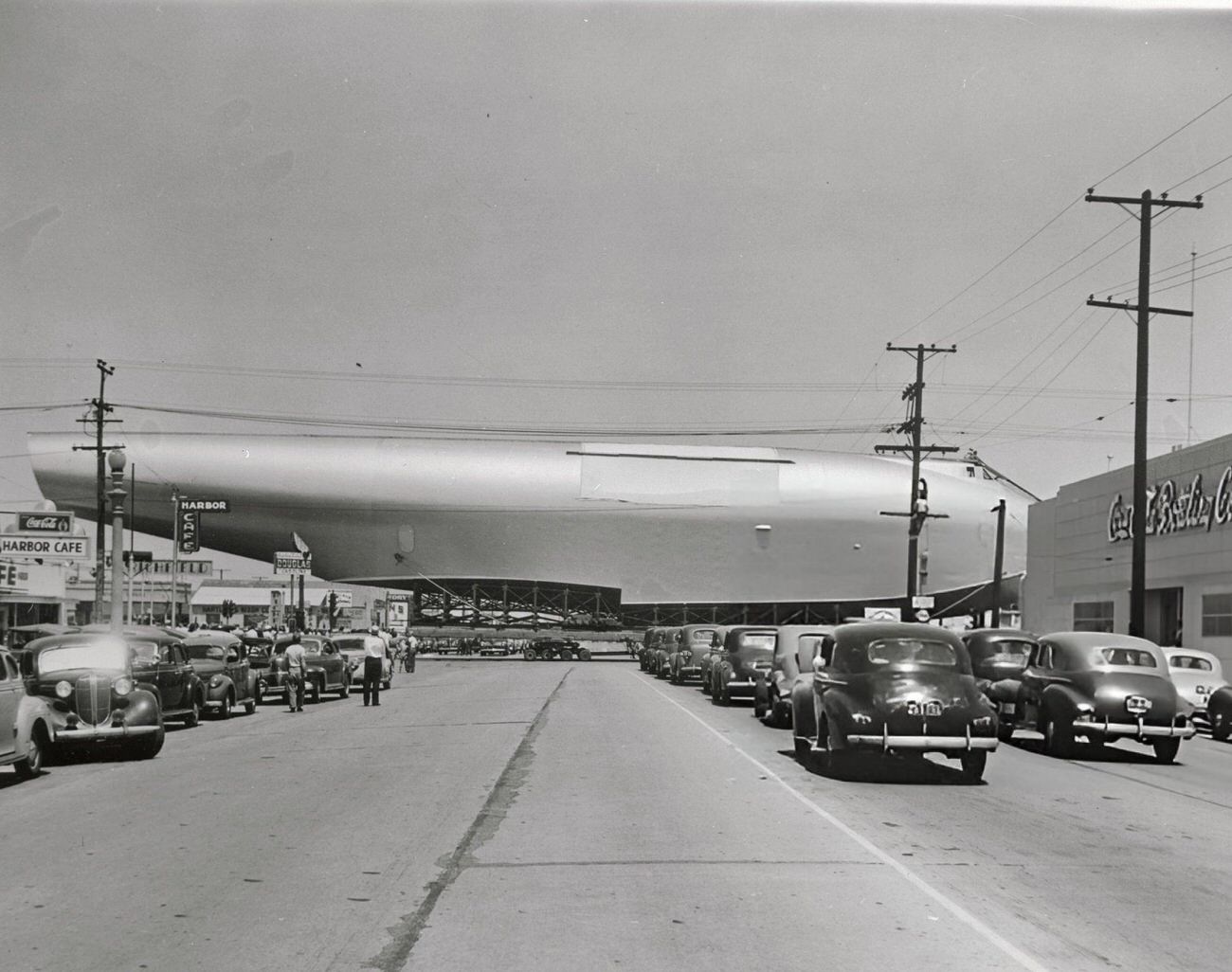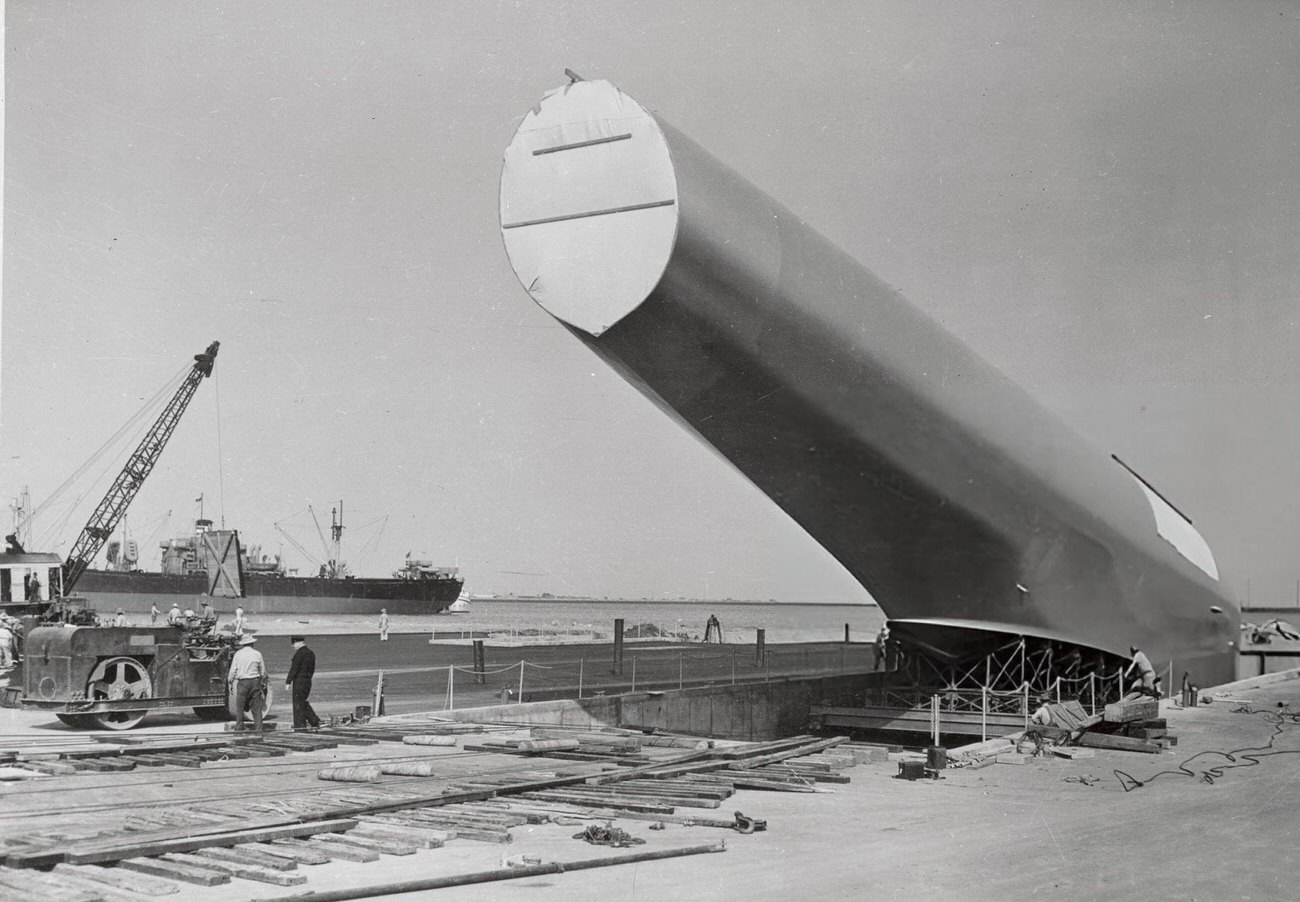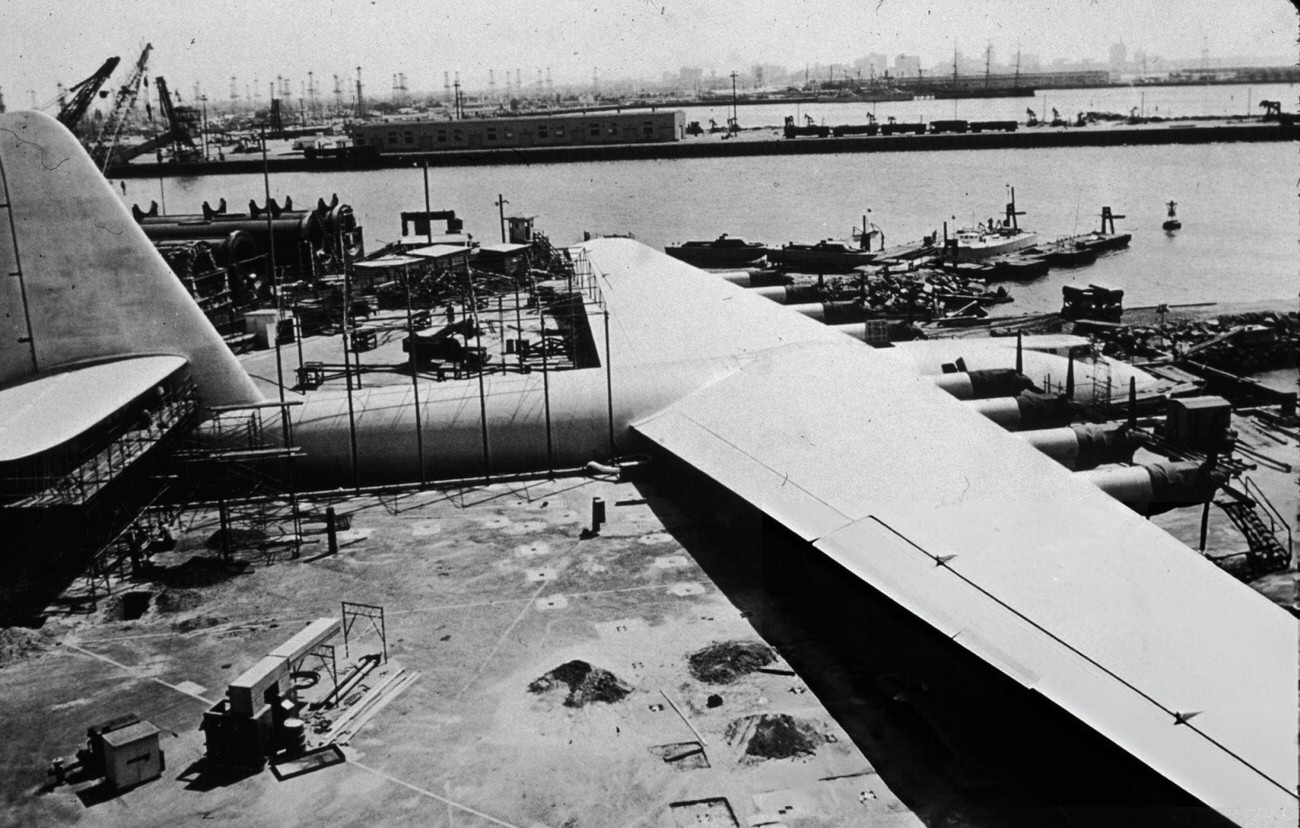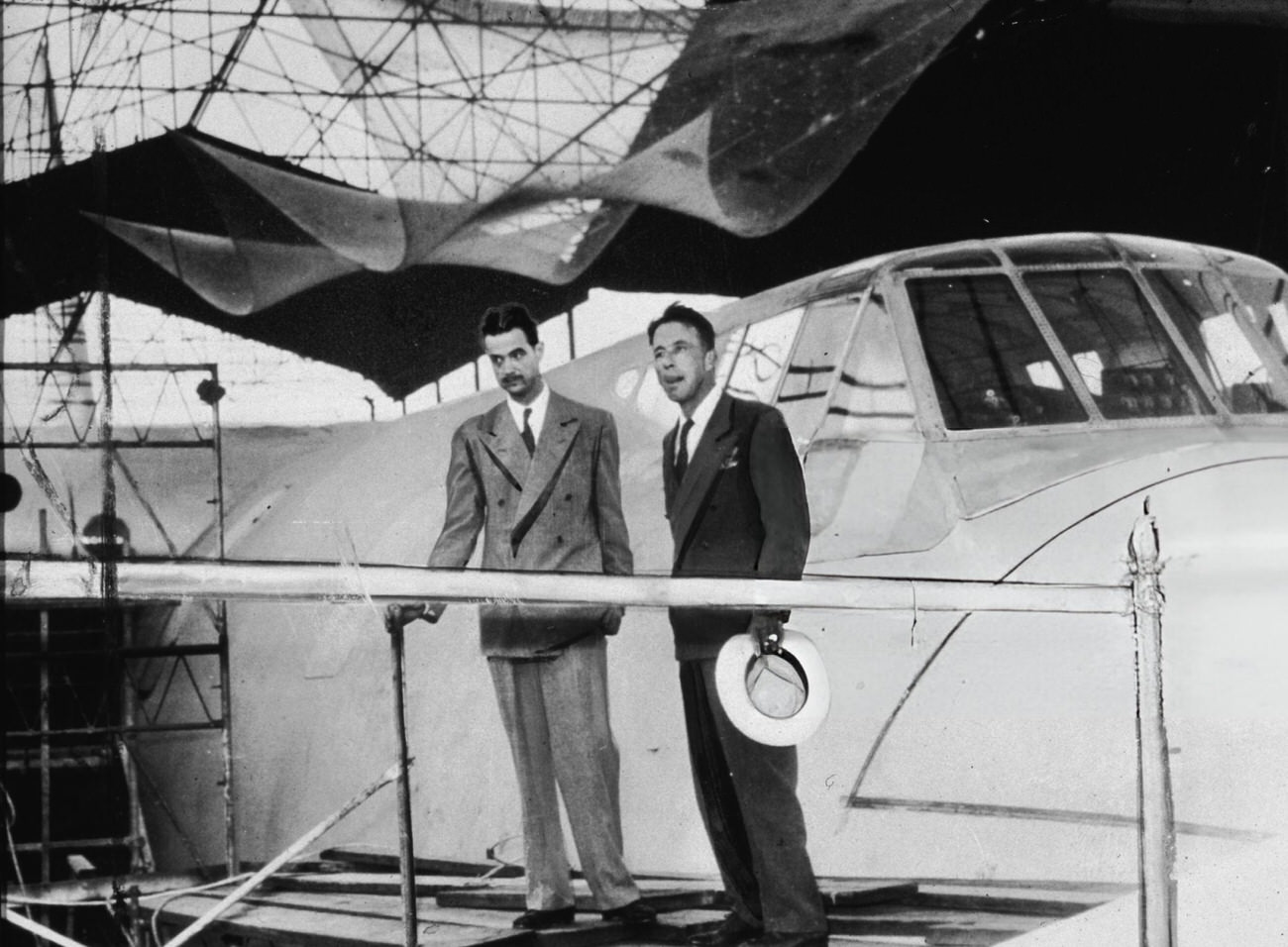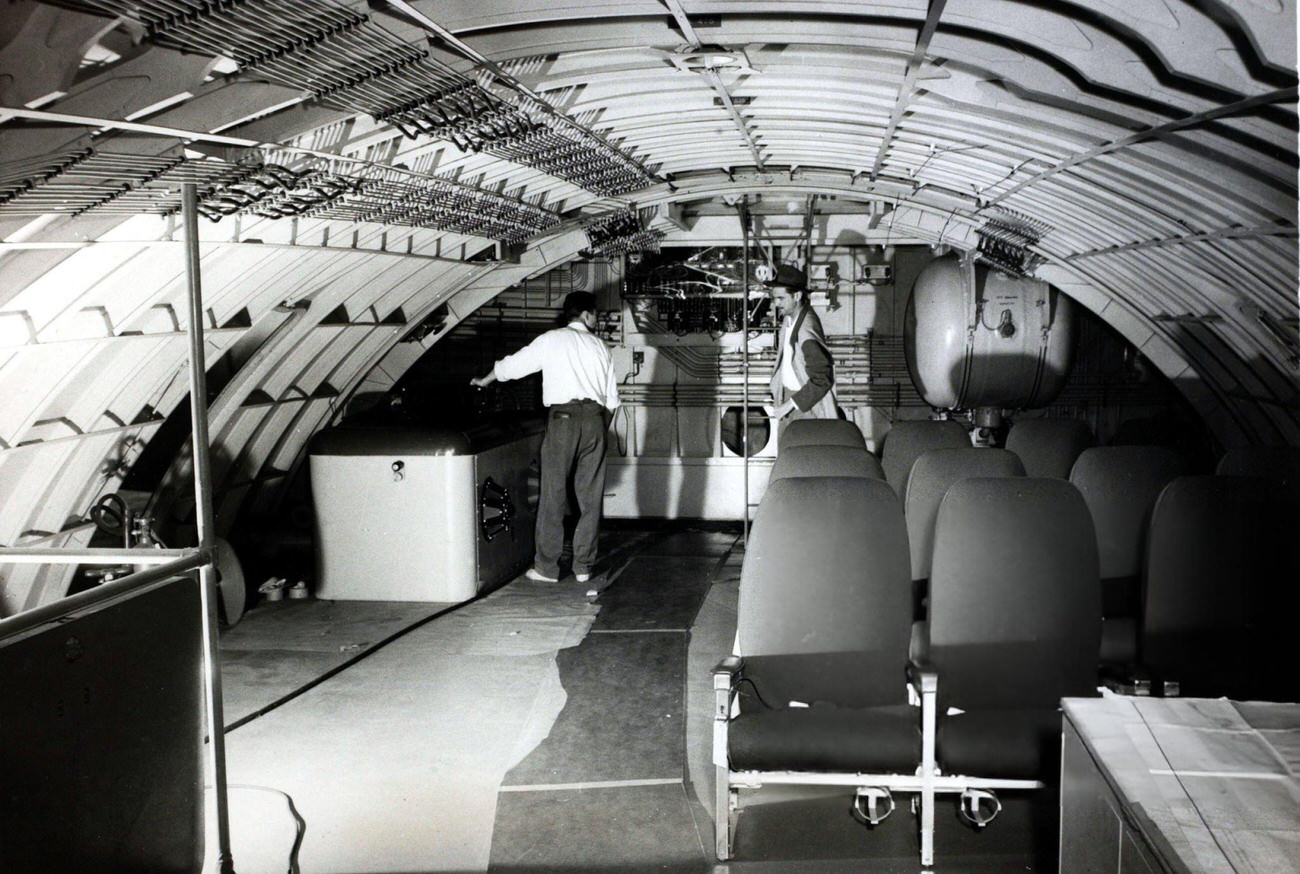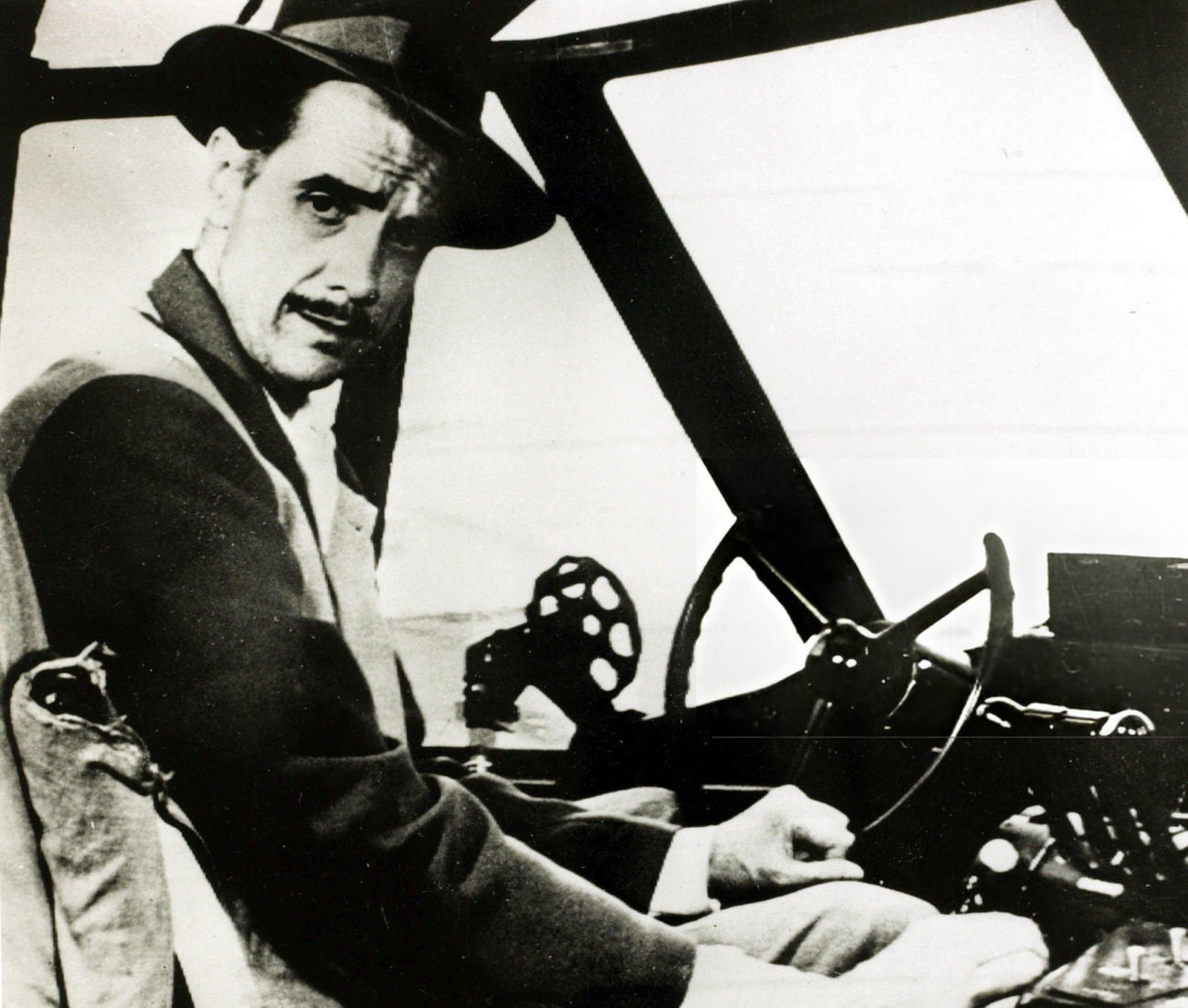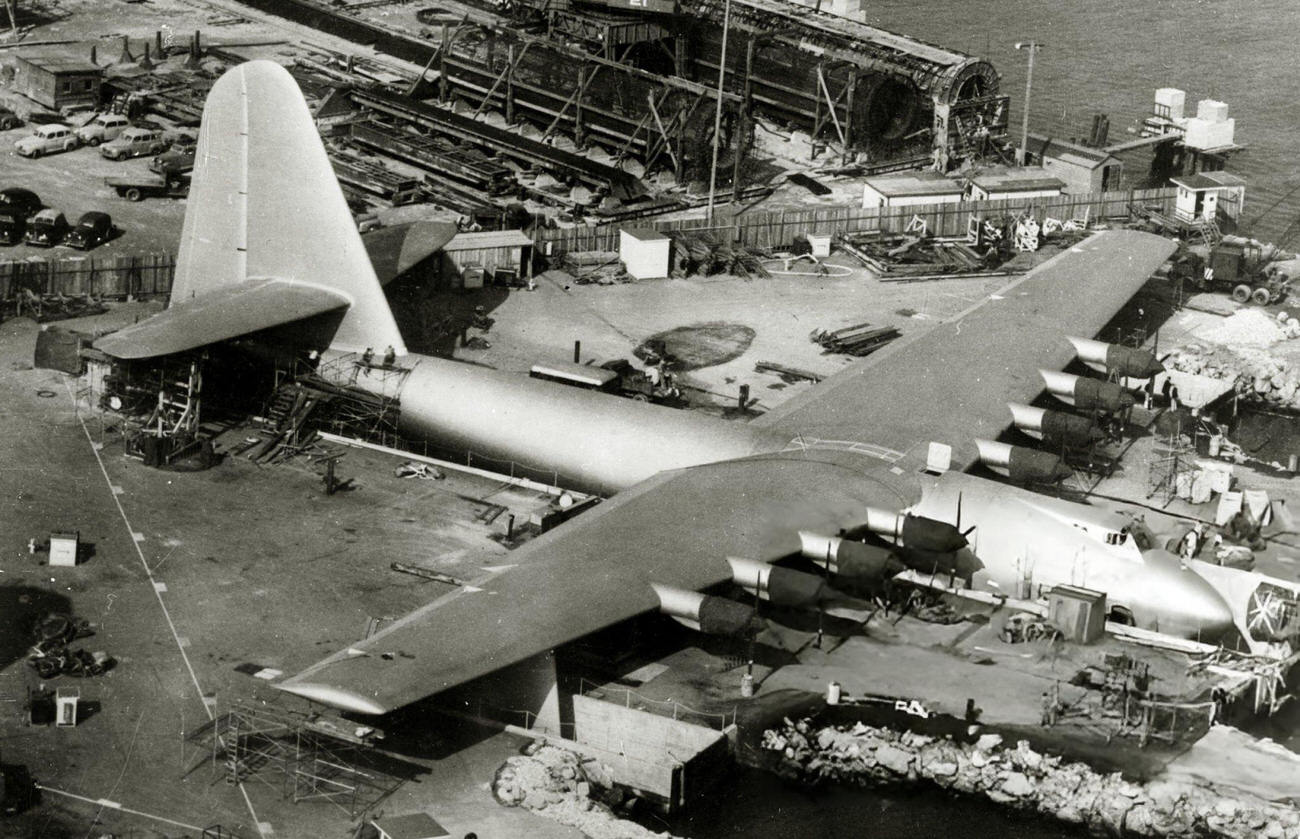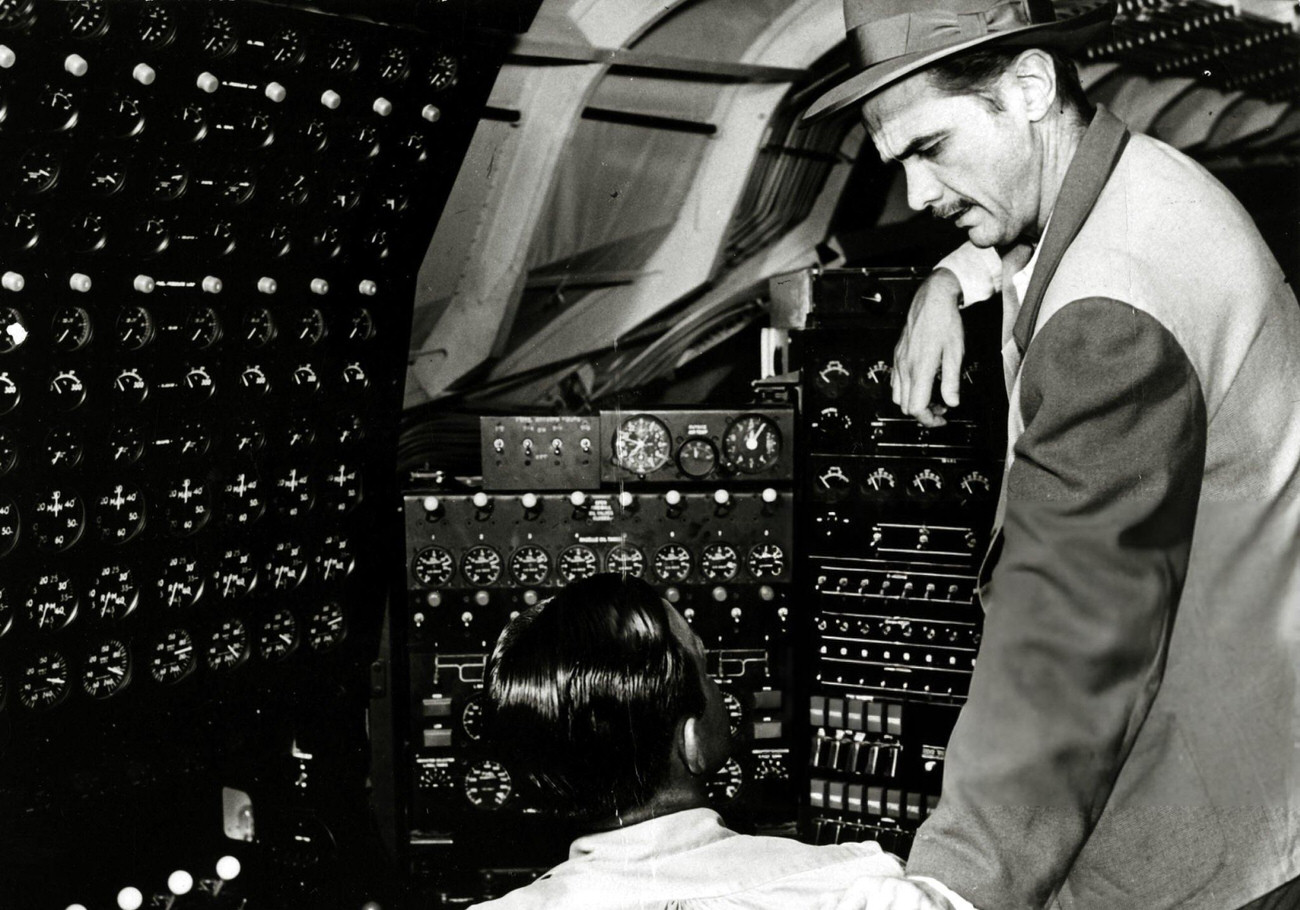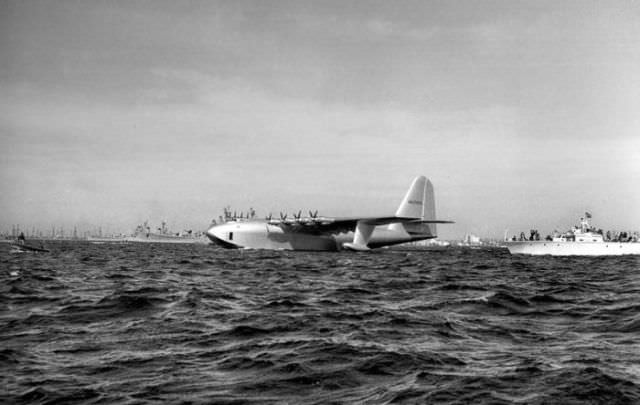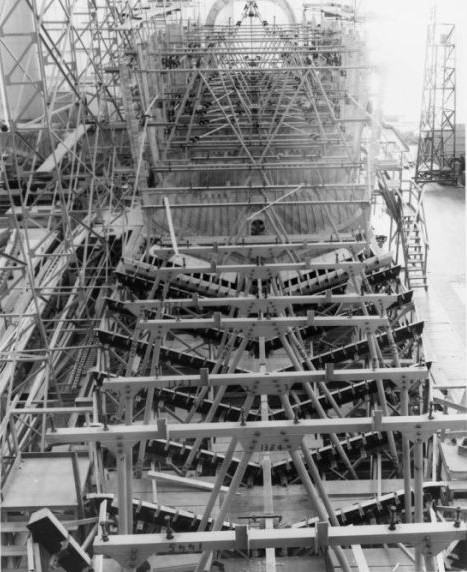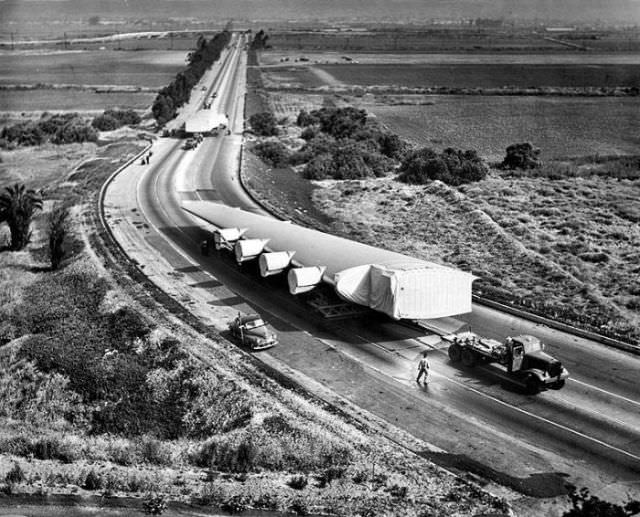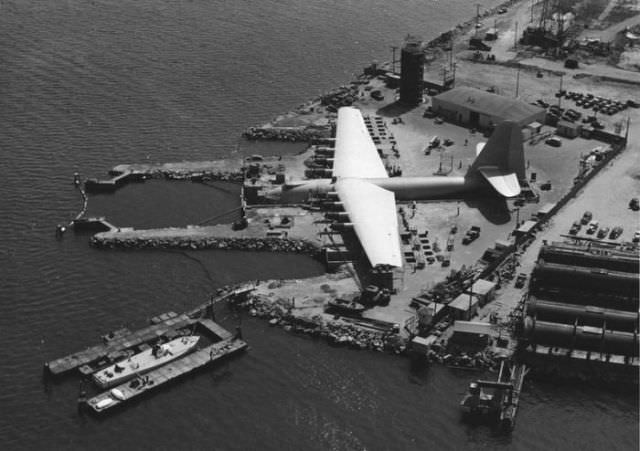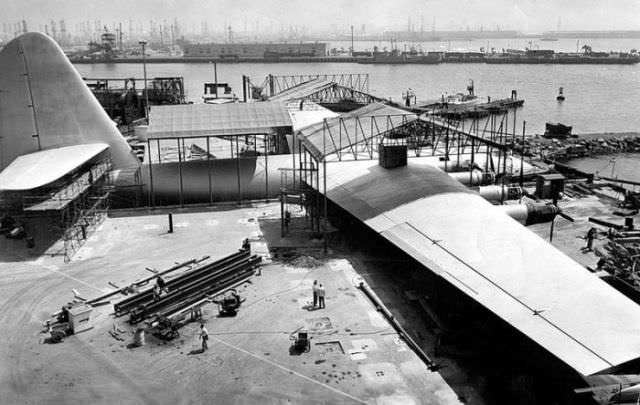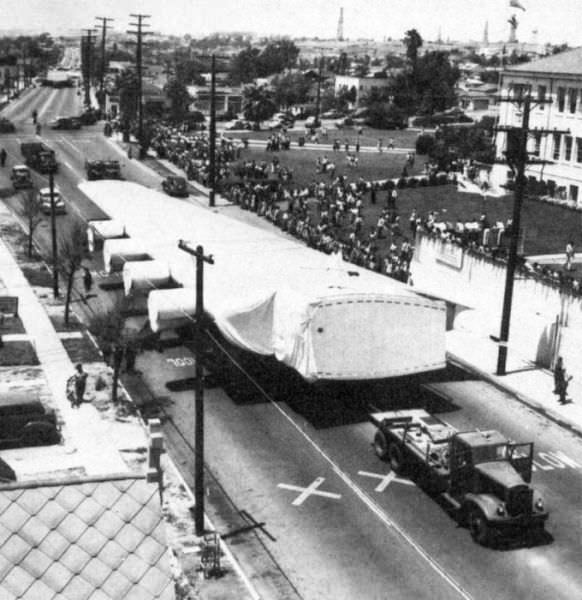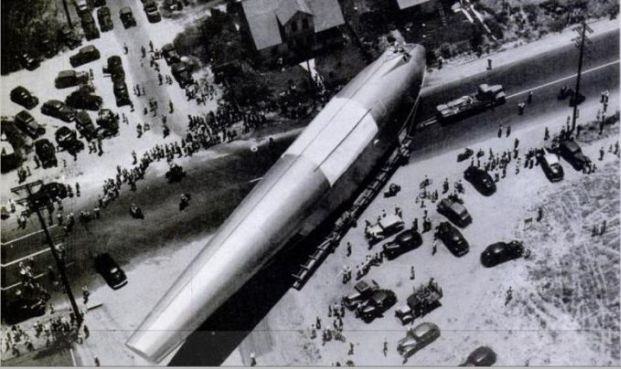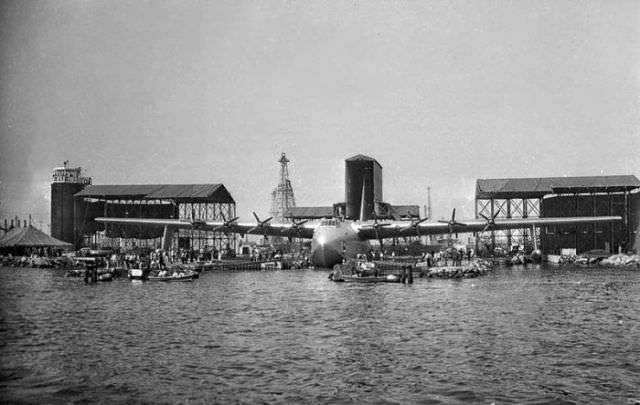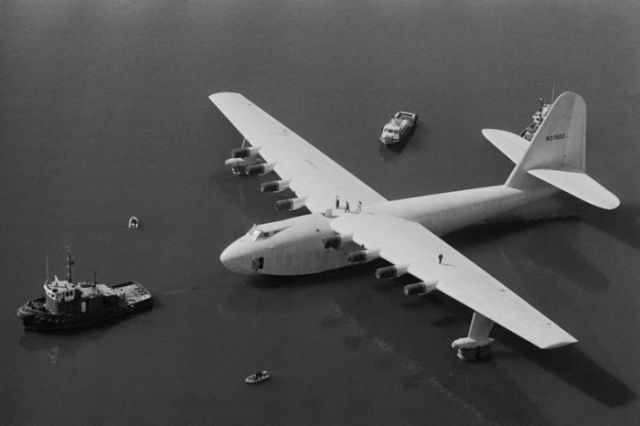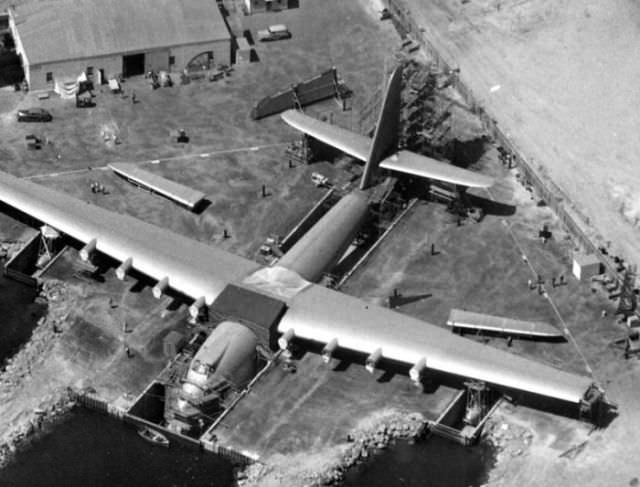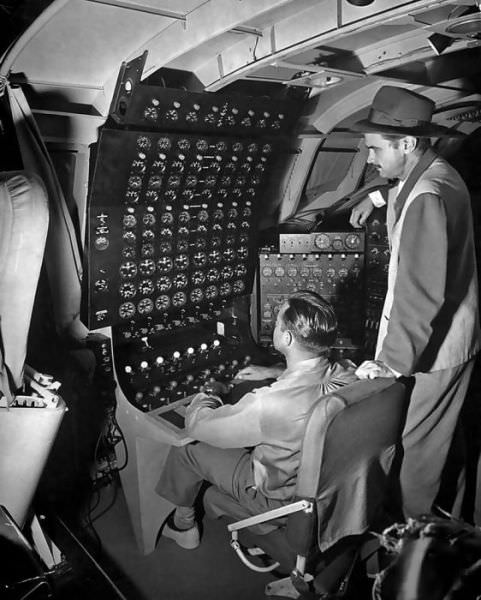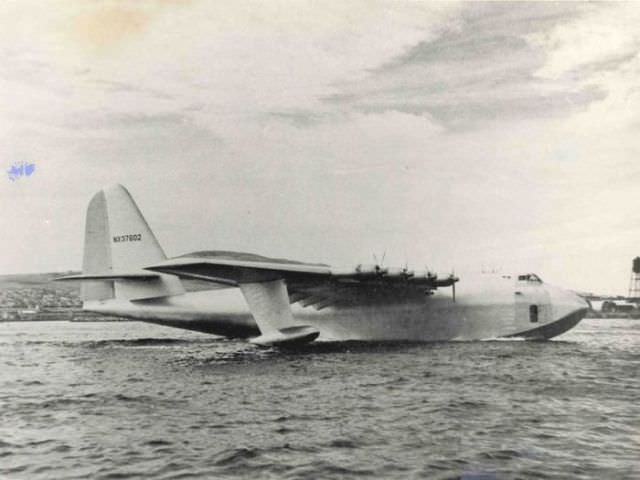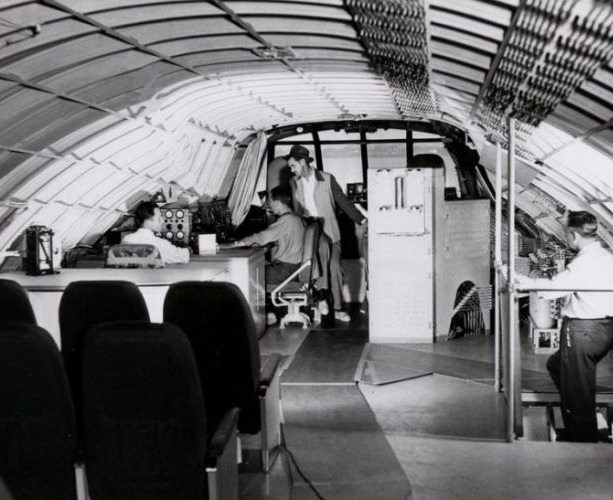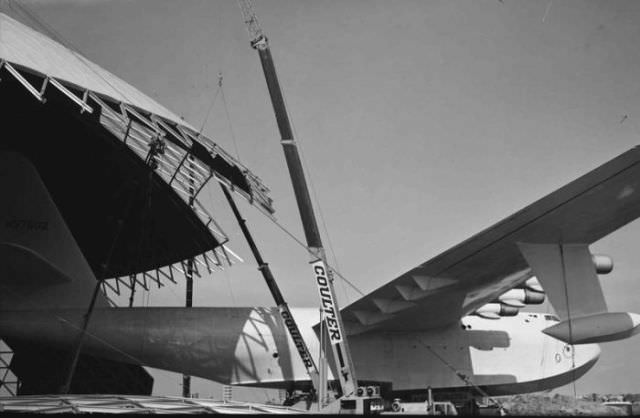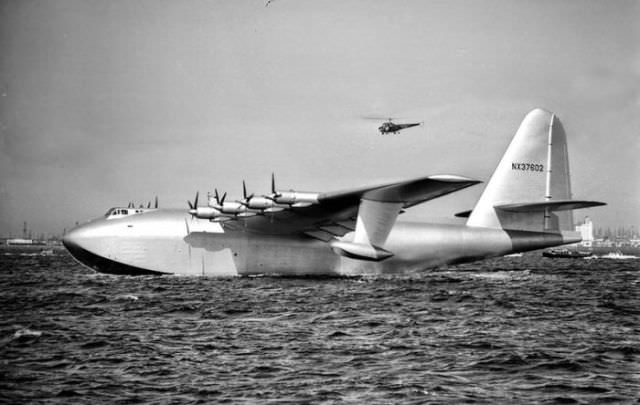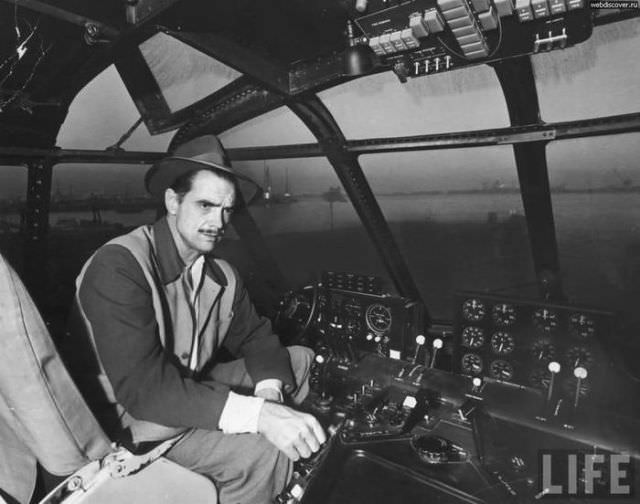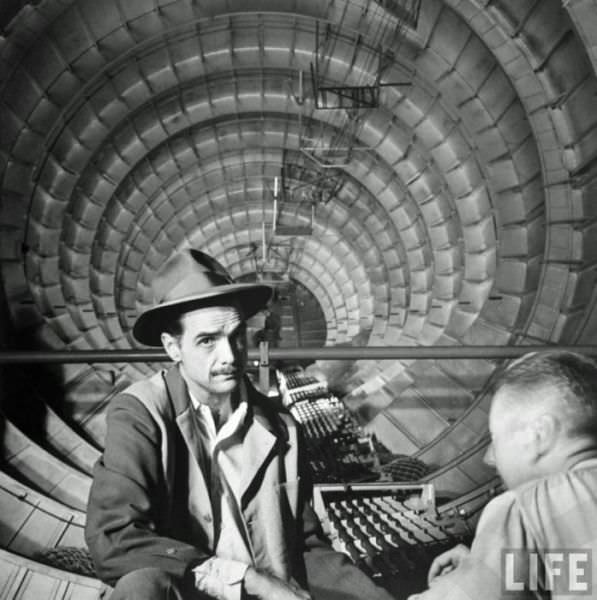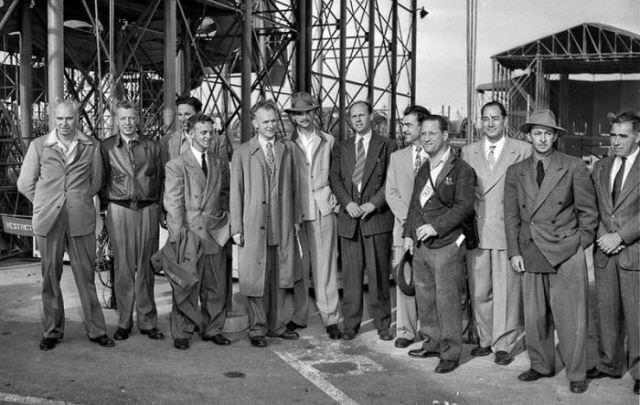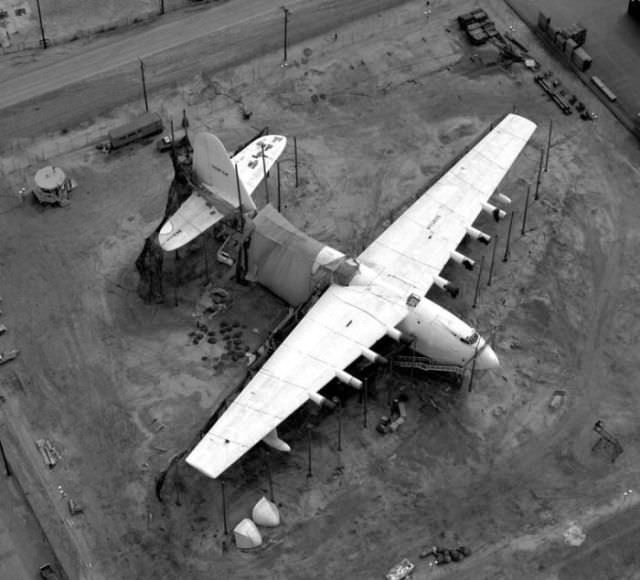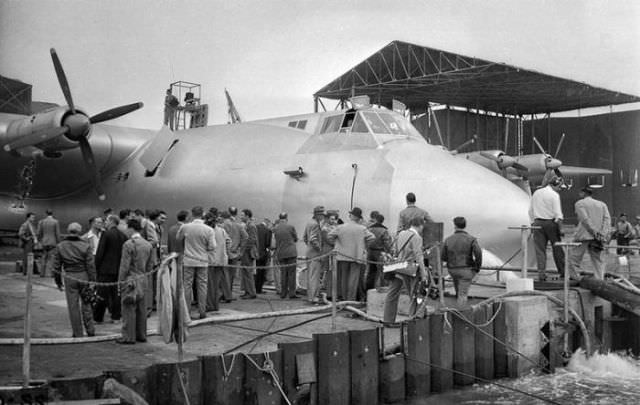The Hughes H-4 Hercules, often nicknamed the “Spruce Goose,” holds a unique place in aviation history. This massive flying boat was designed and built by the Hughes Aircraft Company during World War II. Although it never saw wartime service and only made one brief flight, its sheer size and ambitious design have made it a legend.
The concept for the H-4 emerged during World War II. The U.S. government needed a way to transport troops and supplies across the Atlantic Ocean. German U-boats were a significant threat to conventional shipping. A large flying boat, capable of carrying heavy loads over water, seemed like a viable solution.
Henry Kaiser, a shipbuilder, initially partnered with Howard Hughes to develop the aircraft. The goal was to build a fleet of these flying boats. They would be used to bypass the U-boat threat. Kaiser later withdrew from the project, leaving Hughes to continue development.
The aircraft was designed to carry 750 fully equipped troops or two Sherman tanks. This demonstrates the enormous scale of the project. It was intended to be a true strategic airlift platform.
Due to wartime restrictions on materials like aluminum, the H-4 was primarily constructed from wood. This is the origin of the “Spruce Goose” nickname. The aircraft was primarily built of birch, not spruce, using a laminated wood process called Duramold.
Read more
The Duramold process involved layering thin sheets of wood bonded with resin. This created a strong and lightweight material. This was a cutting-edge technique at the time.
The H-4’s wingspan is an astonishing 320 feet (97.5 meters). This is still the largest wingspan of any aircraft ever built. This immense wingspan was necessary to provide the lift required for such a heavy aircraft.
The aircraft is powered by eight Pratt & Whitney R-4360 Wasp Major radial engines. Each engine had 28 cylinders and produced 3,000 horsepower. This gave the aircraft a total of 24,000 horsepower.
The H-4’s fuselage is 218 feet 8 inches (66.65 meters) long. It is 24 feet (7.3 meters) high. These dimensions further illustrate the massive size of the aircraft. The aircraft’s design incorporated a high-mounted wing and a large, boat-like fuselage. This design was typical of flying boats. It allowed the aircraft to take off and land on water. It was designed to operate from water, eliminating the need for long runways. This was a significant advantage during wartime, when airfields might be unavailable or under attack.
The construction of the H-4 took place at the Hughes Aircraft Company’s facilities in California. The project faced numerous delays and cost overruns. This was partly due to the complexity of the design and the challenges of working with wood on such a large scale. The war ended in 1945, before the H-4 was completed. This significantly reduced the urgency for the project. However, Hughes continued development, driven by his personal ambition and commitment.
The H-4 finally made its first and only flight on November 2, 1947. With Howard Hughes at the controls, the aircraft lifted off the water in Long Beach Harbor, California. It flew for about one mile at an altitude of 70 feet. This brief flight was the only time the H-4 ever flew. It never entered production or saw operational service. However, this single flight cemented its place in aviation history. The H-4 was a technological marvel for its time. Its size, construction methods, and powerful engines were all groundbreaking. It pushed the boundaries of aviation technology.
The aircraft’s wooden construction, while necessary due to wartime restrictions, presented unique engineering challenges. Maintaining the structural integrity of such a large wooden aircraft was a significant concern.
The H-4’s eight engines were arranged in four pairs, with each pair driving a single propeller. This configuration was designed to provide maximum power and efficiency. The aircraft’s large size required a complex system of controls. These controls were designed to manage the aircraft’s immense weight and wingspan.
The H-4’s single flight was a significant achievement, demonstrating that such a large aircraft could indeed fly. However, the aircraft’s limited performance and the changing needs of the postwar era meant that it never fulfilled its original purpose.
The H-4 Hercules is now housed at the Evergreen Aviation & Space Museum in McMinnville, Oregon. It is a popular exhibit, attracting visitors from around the world.


